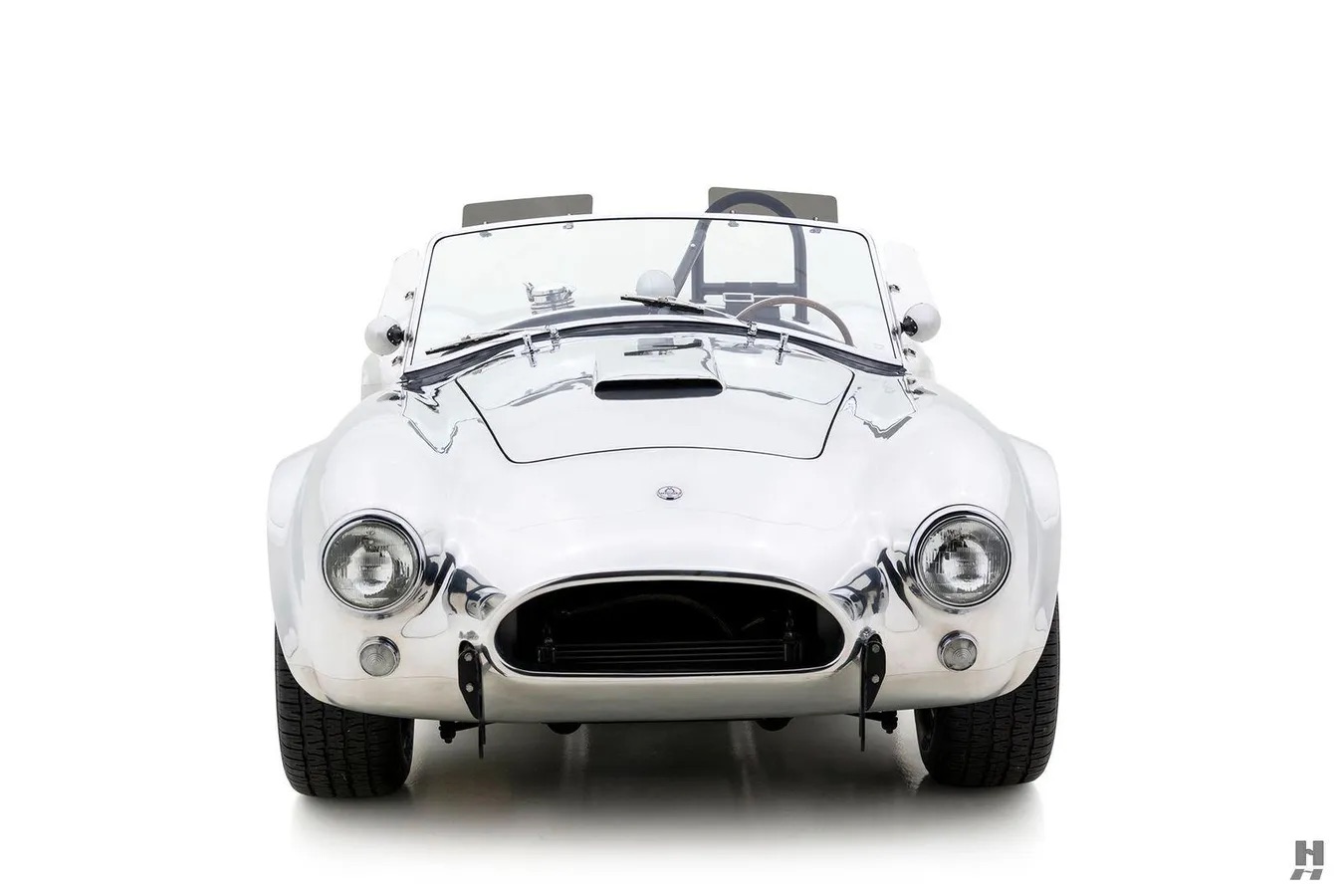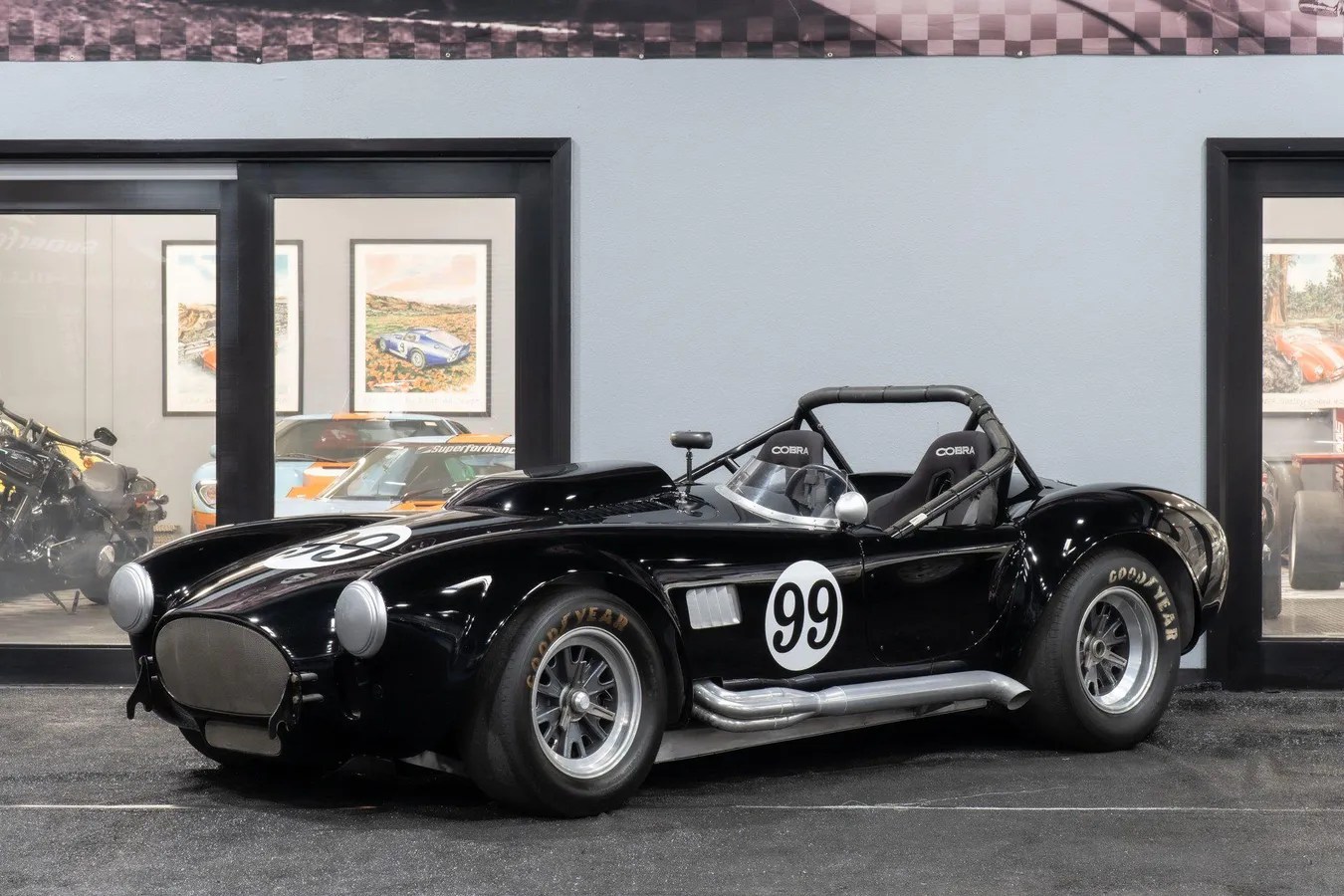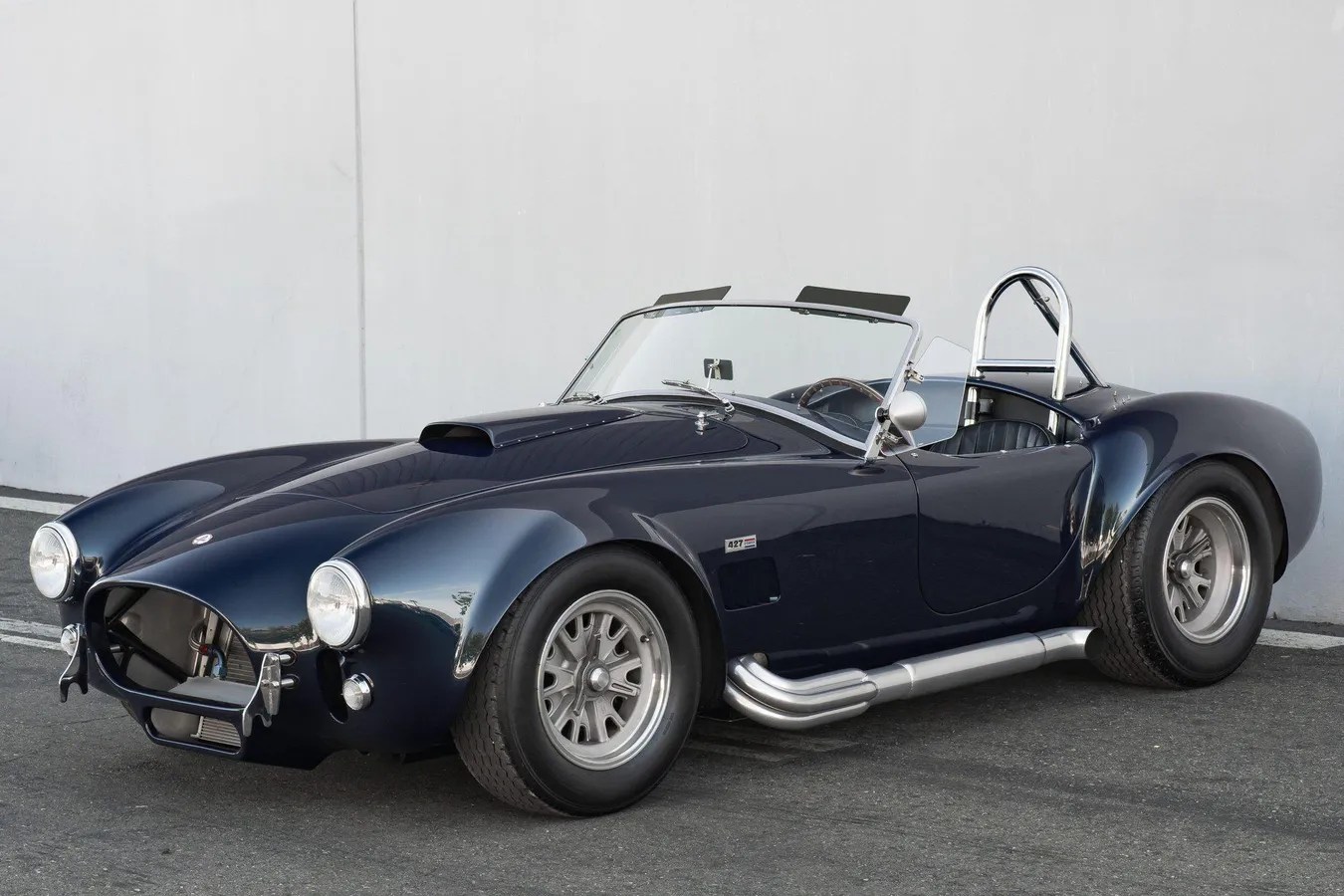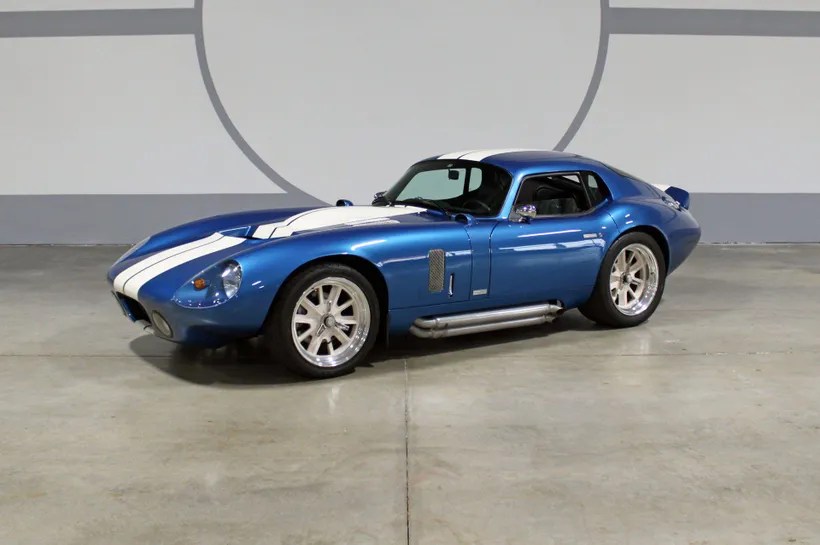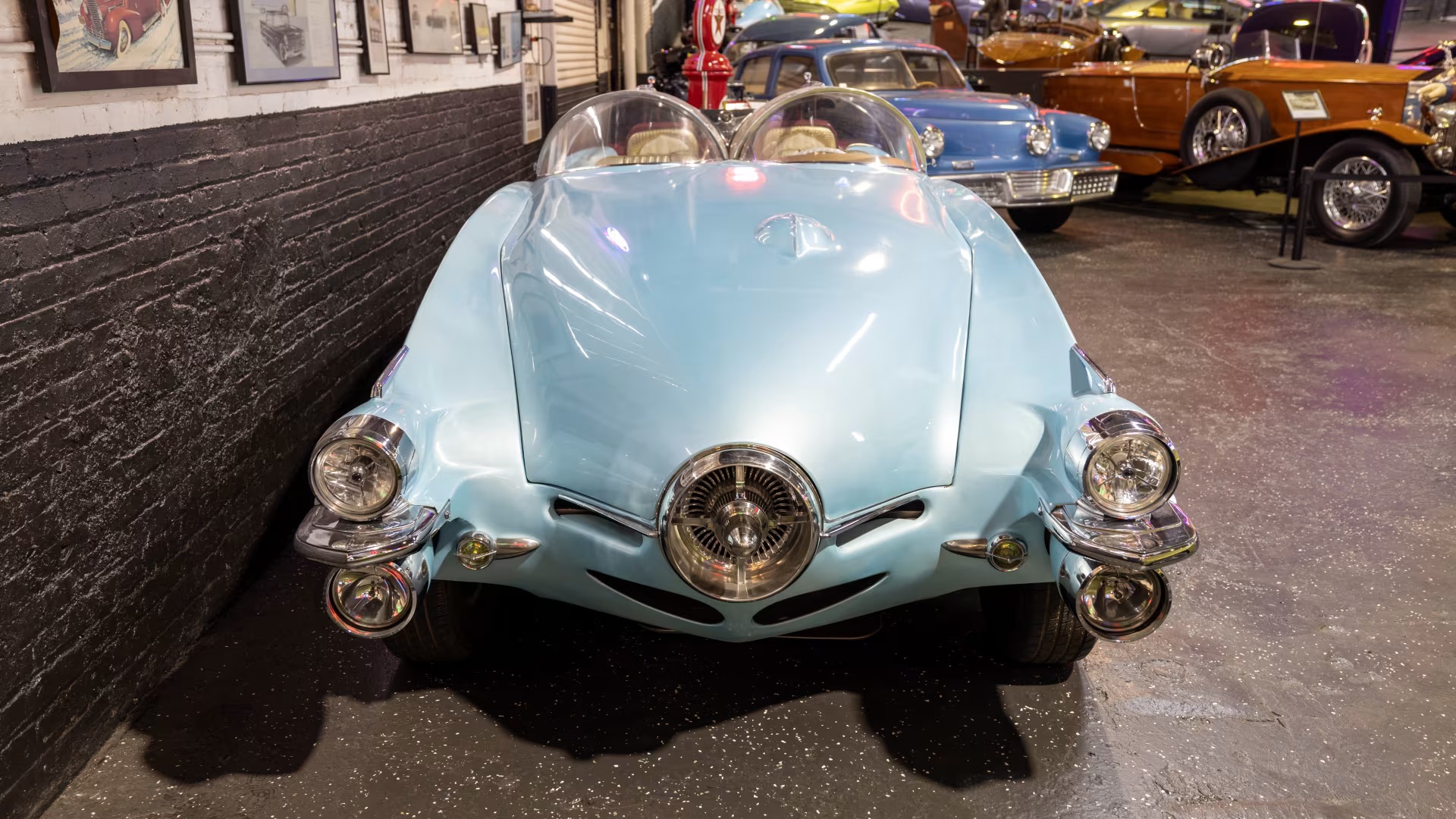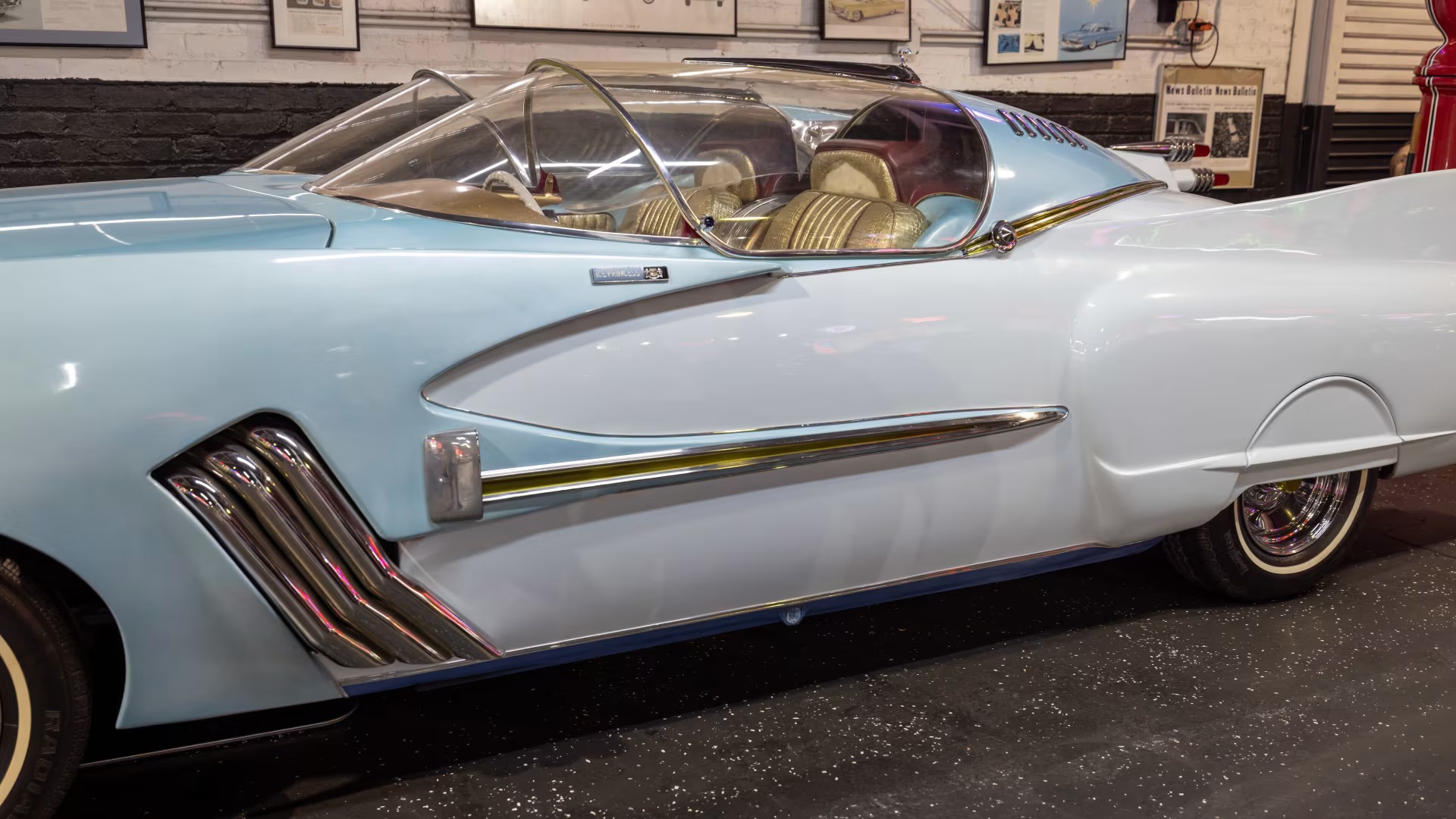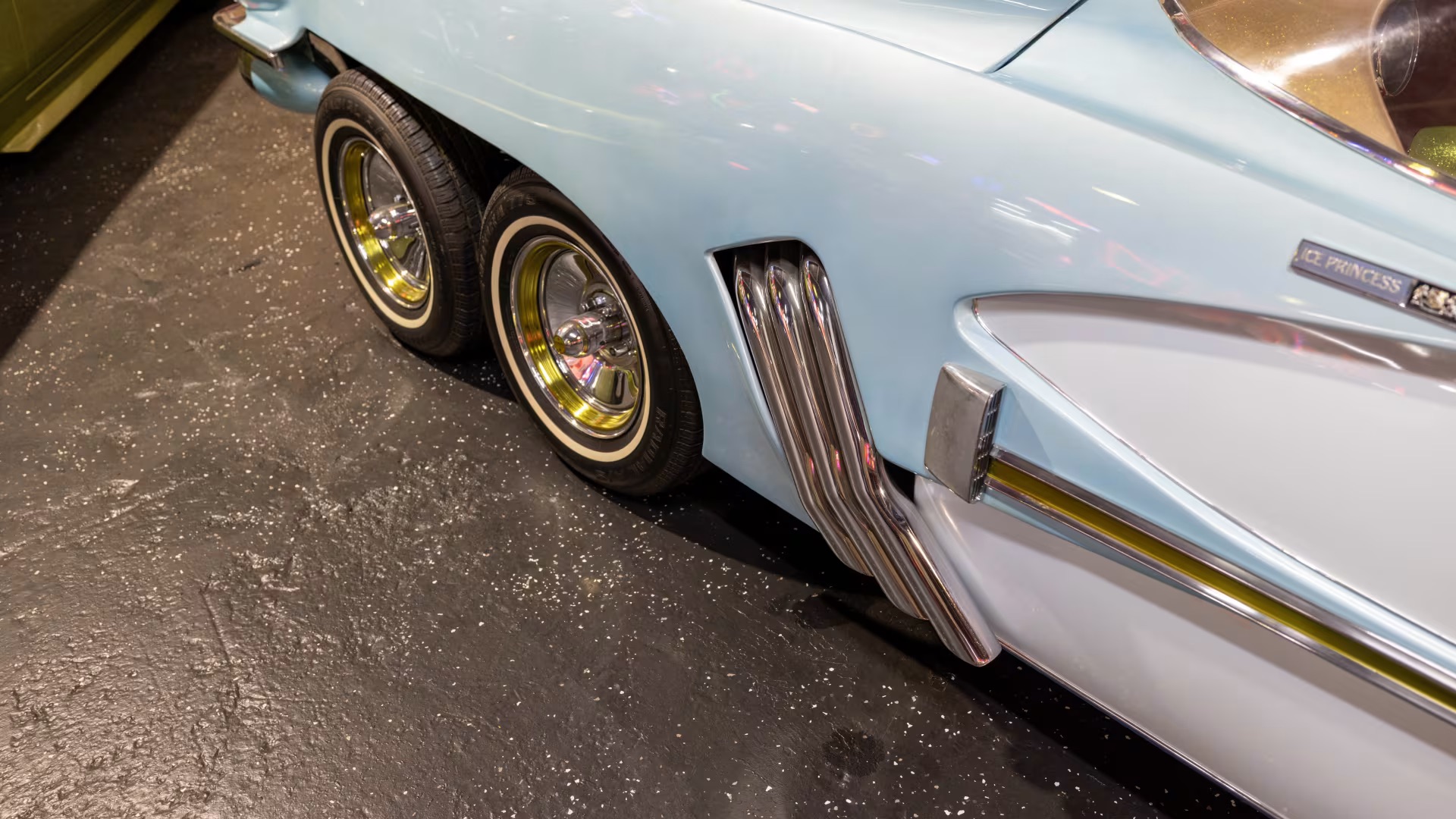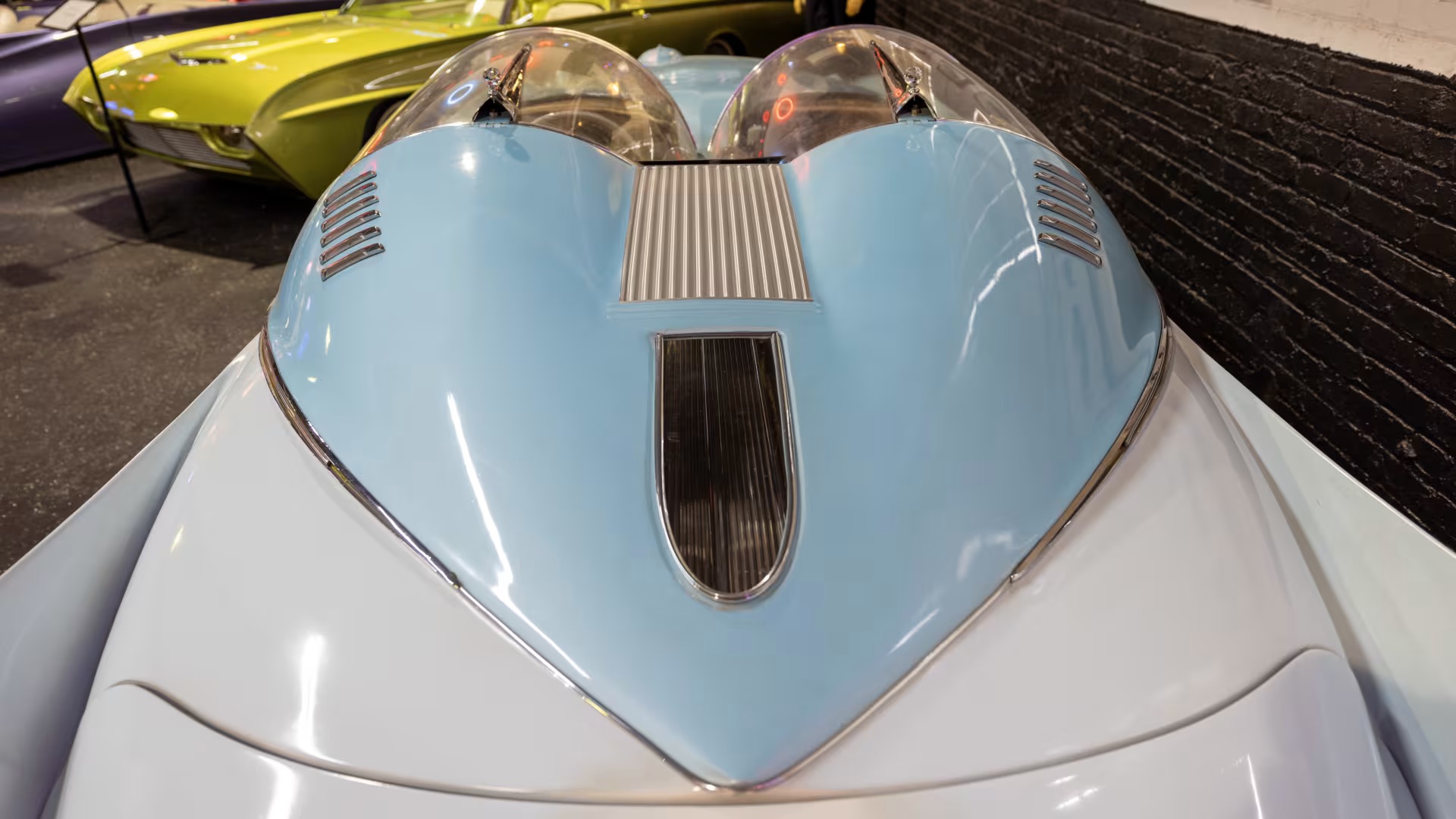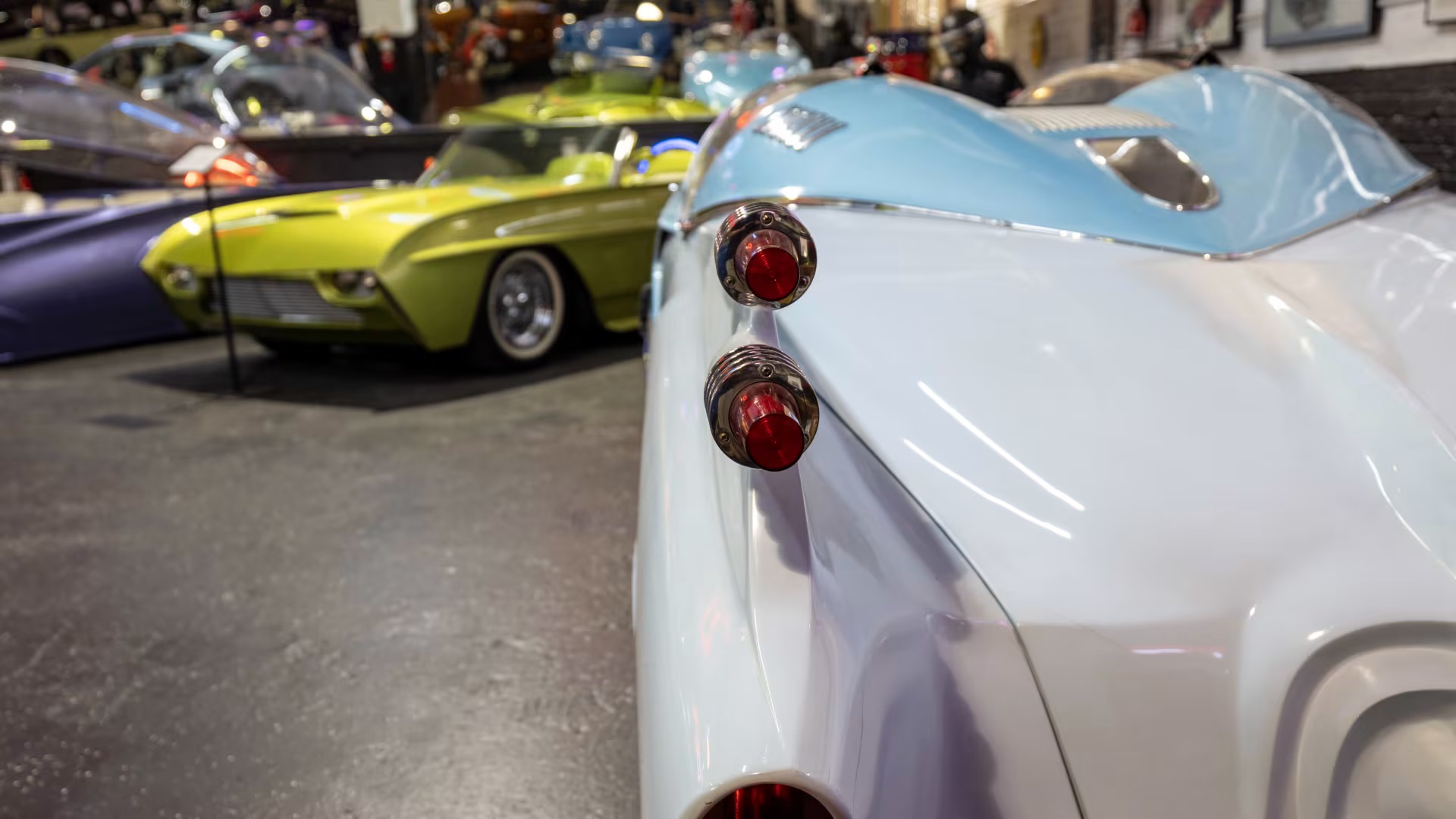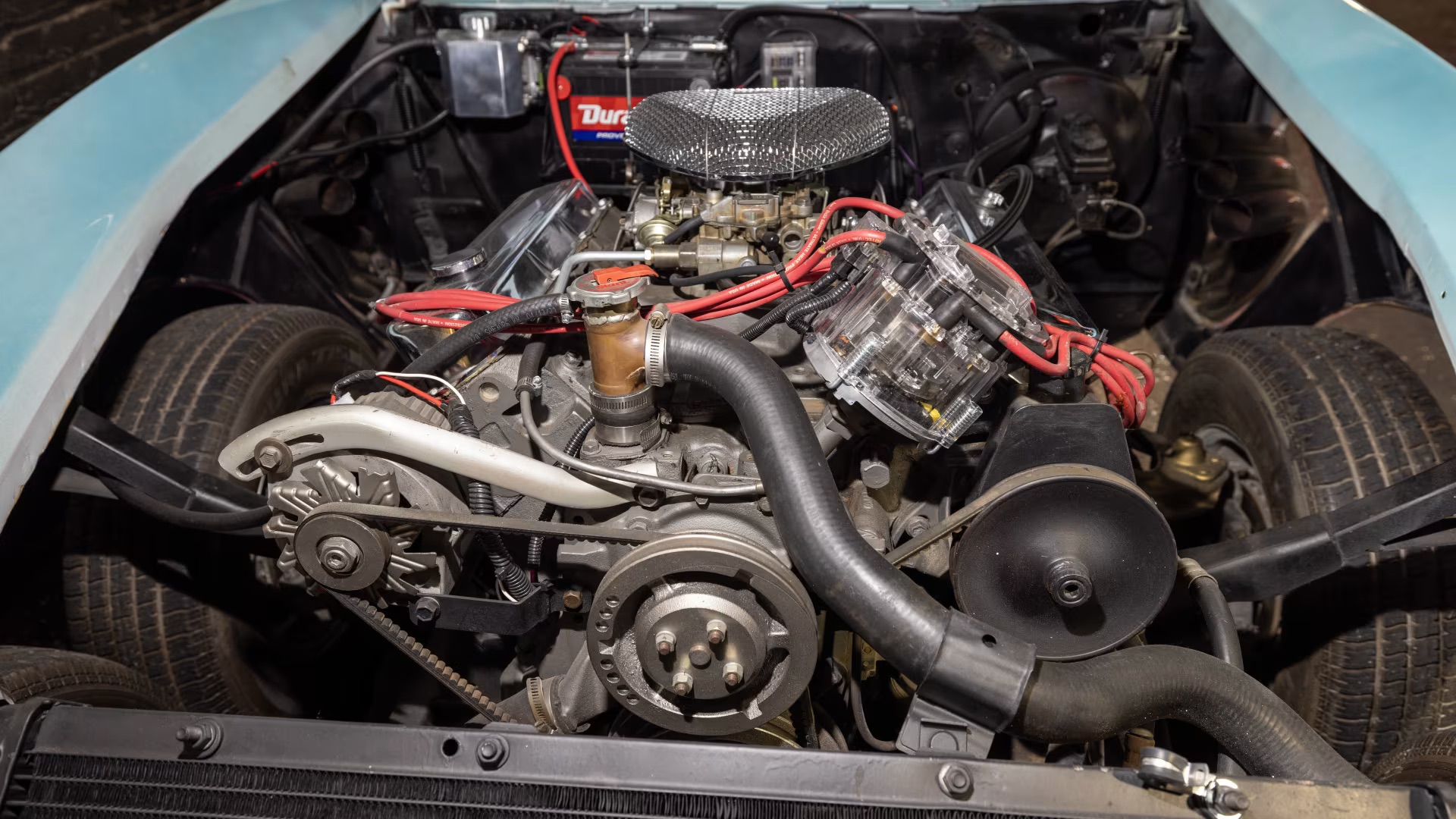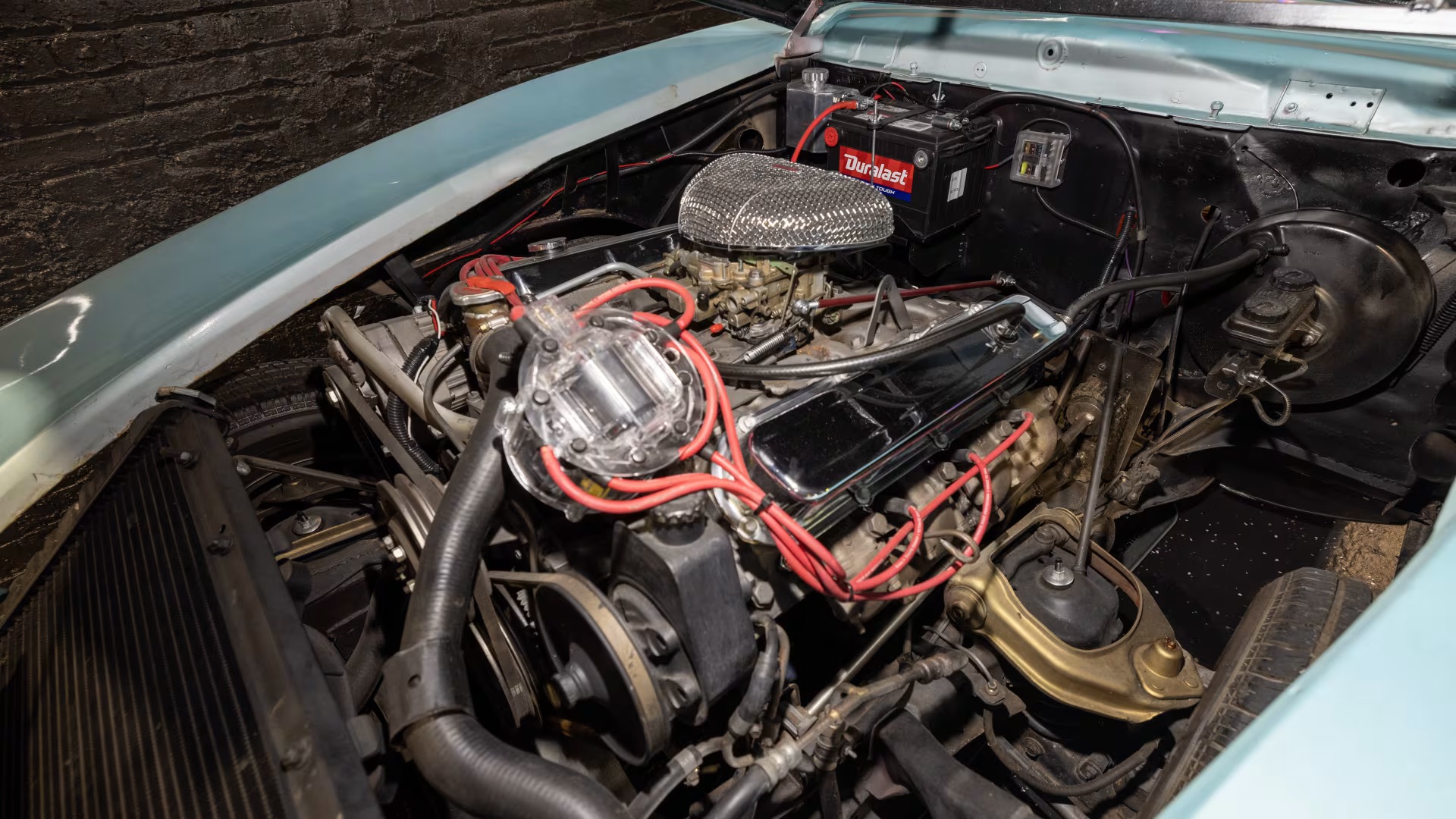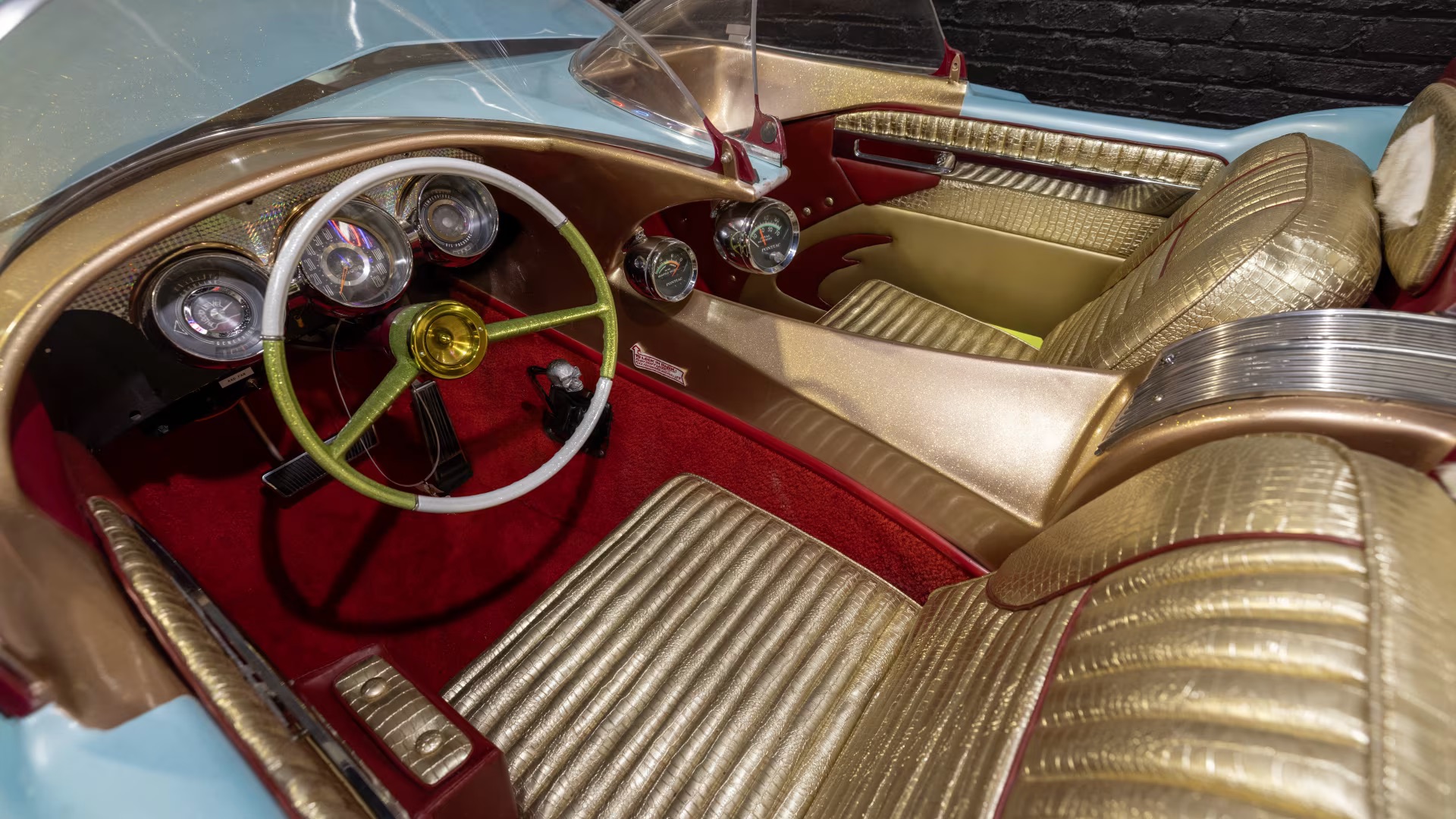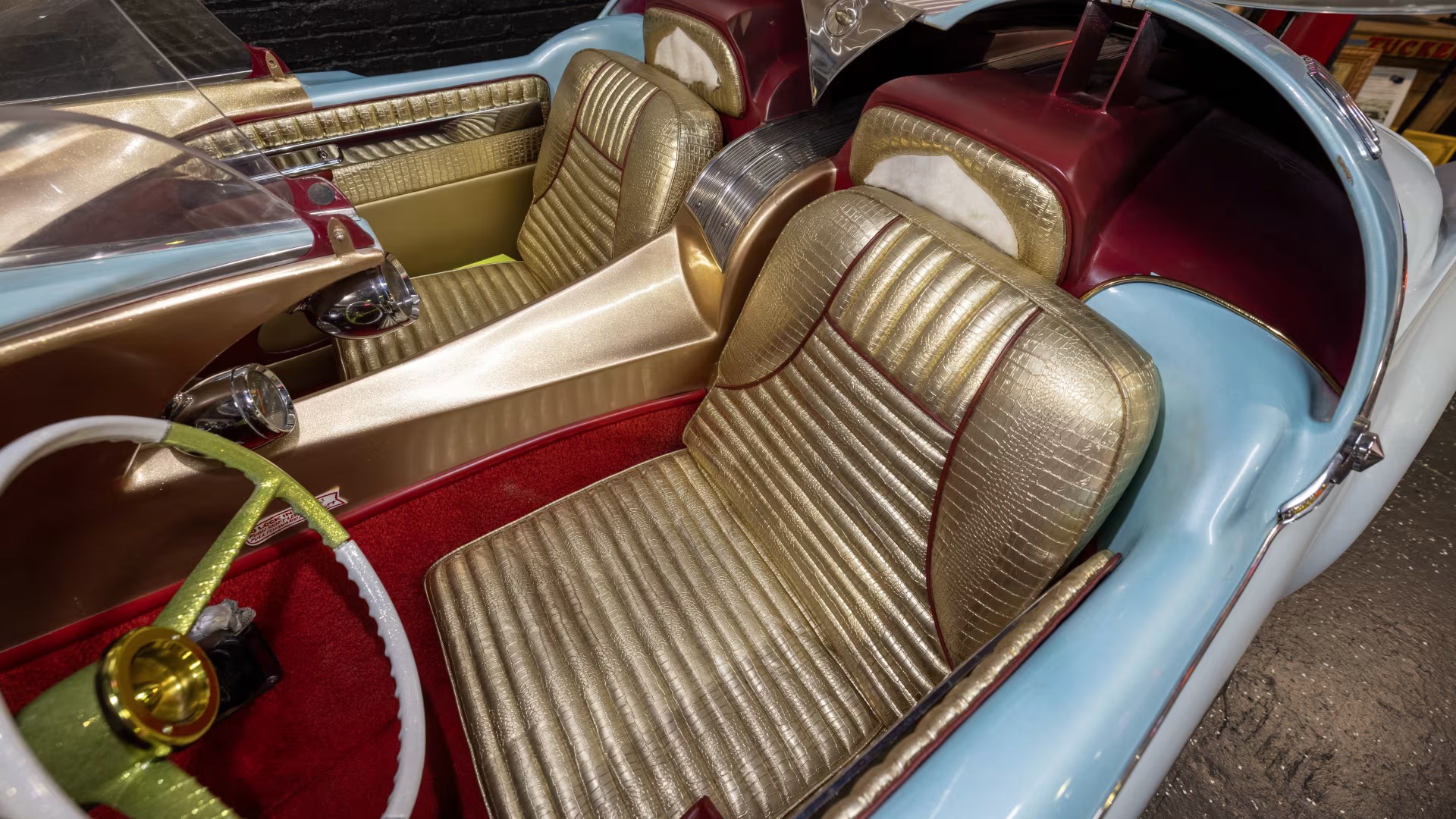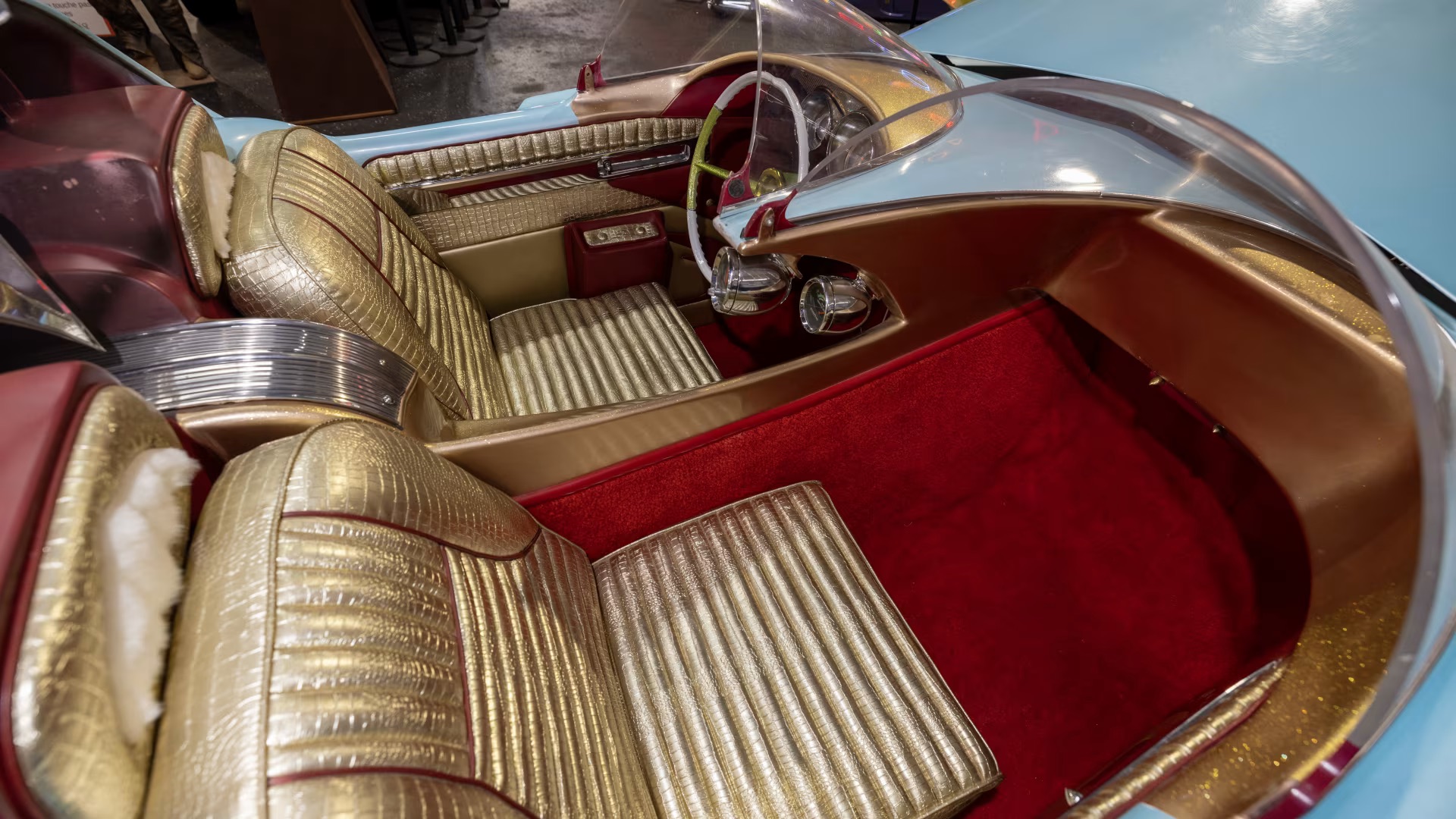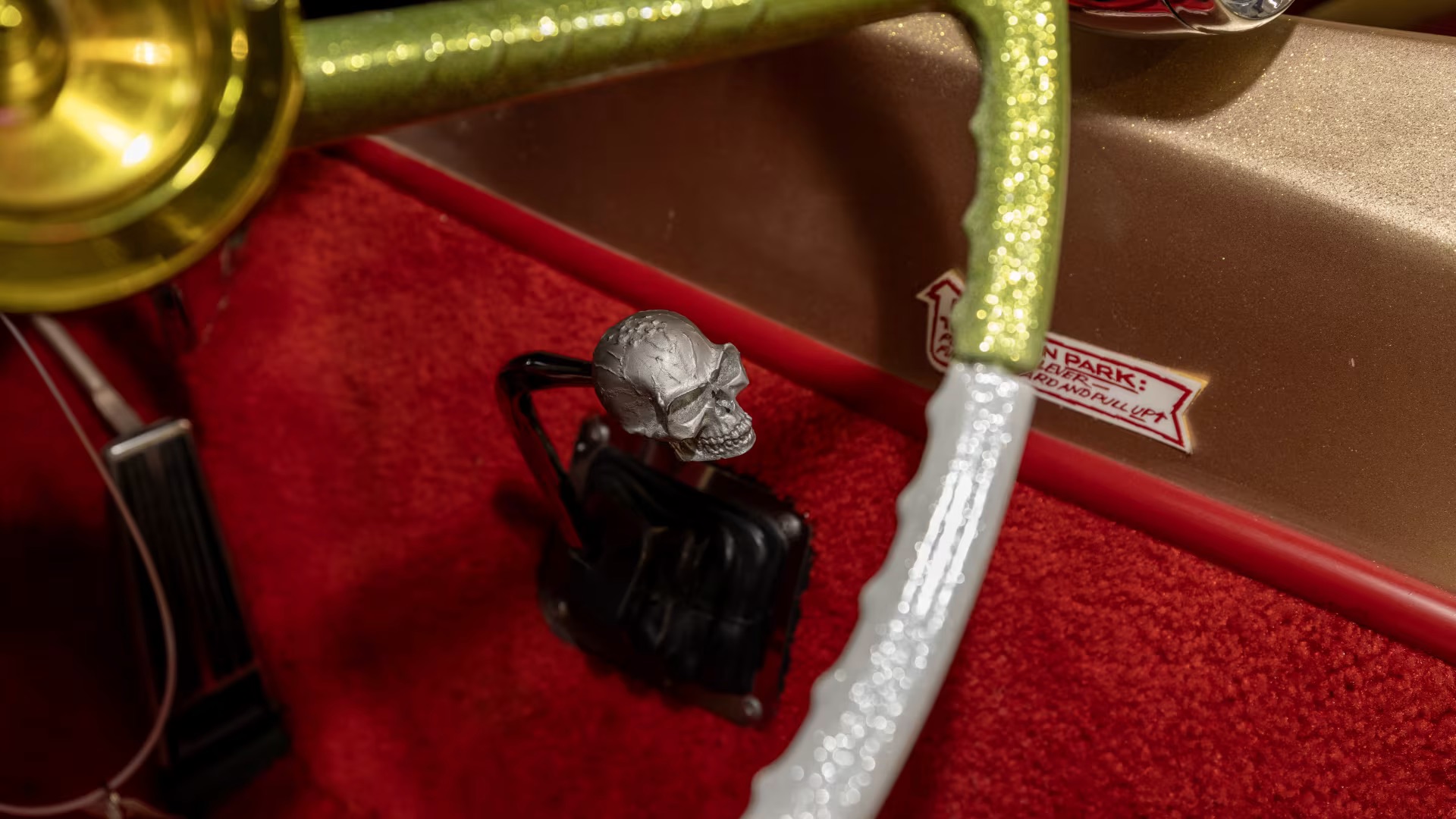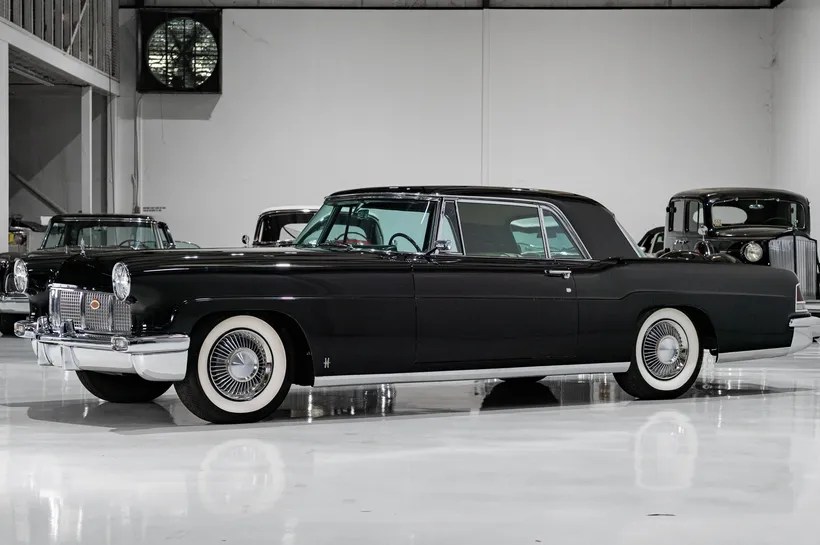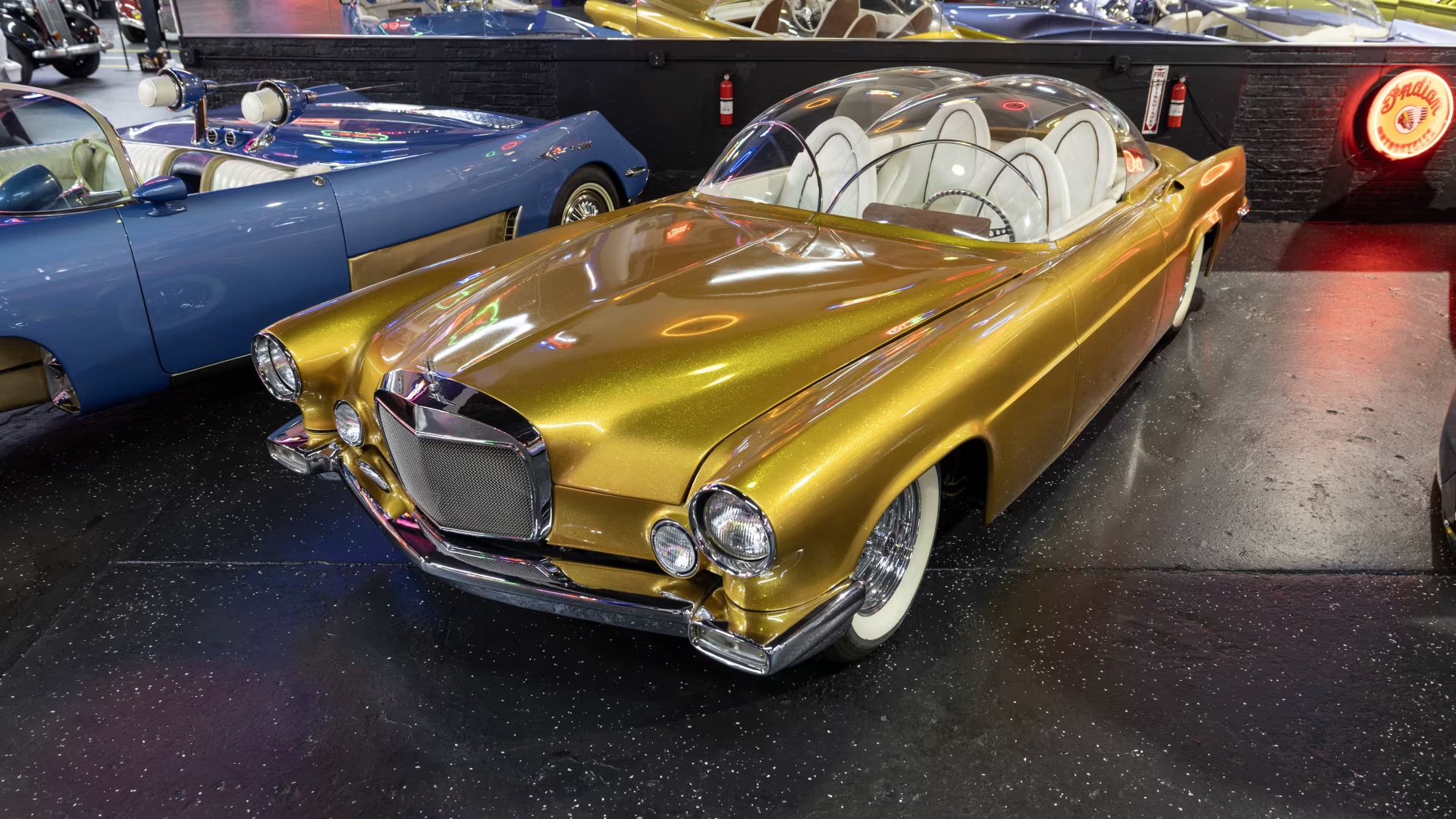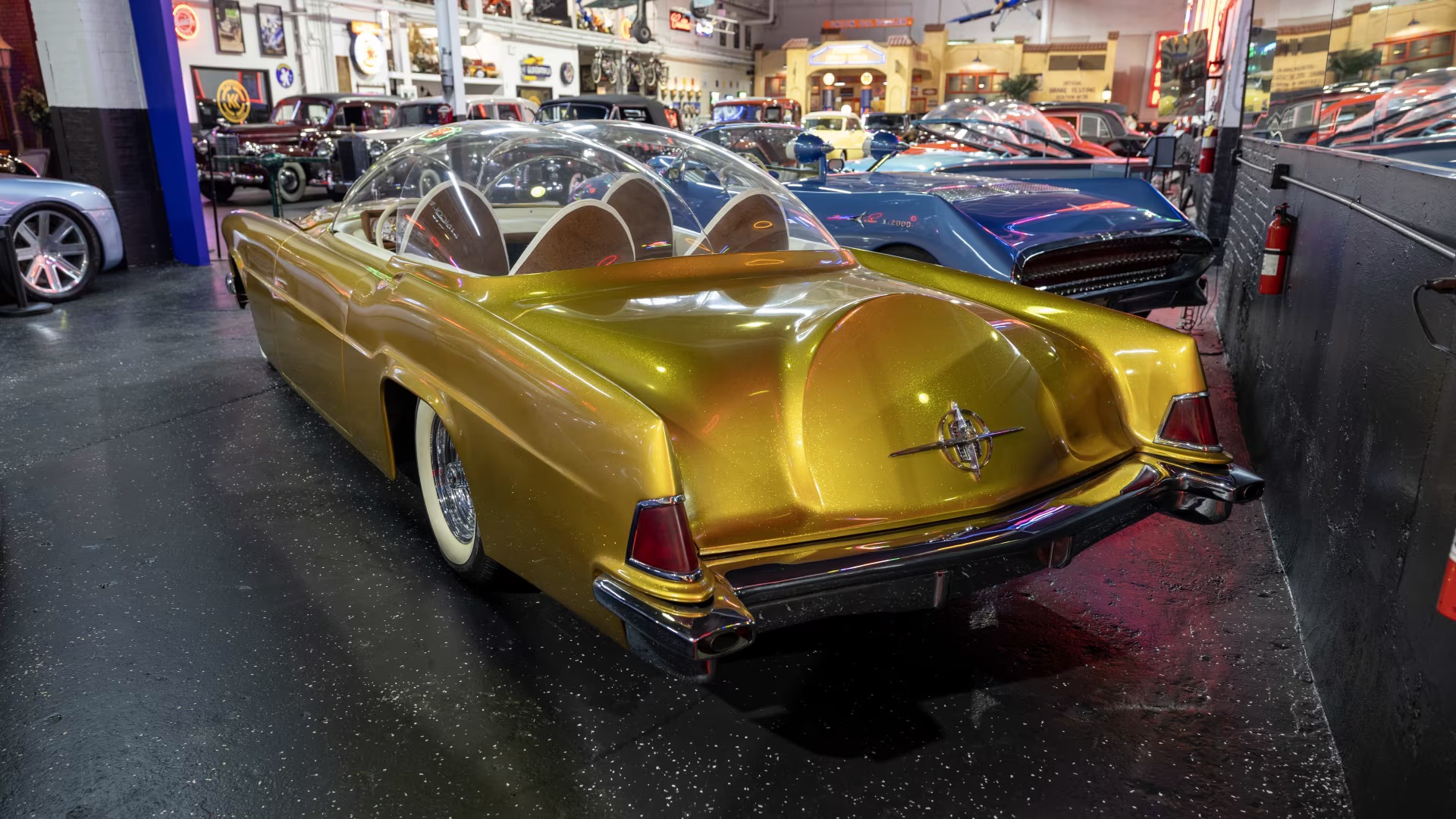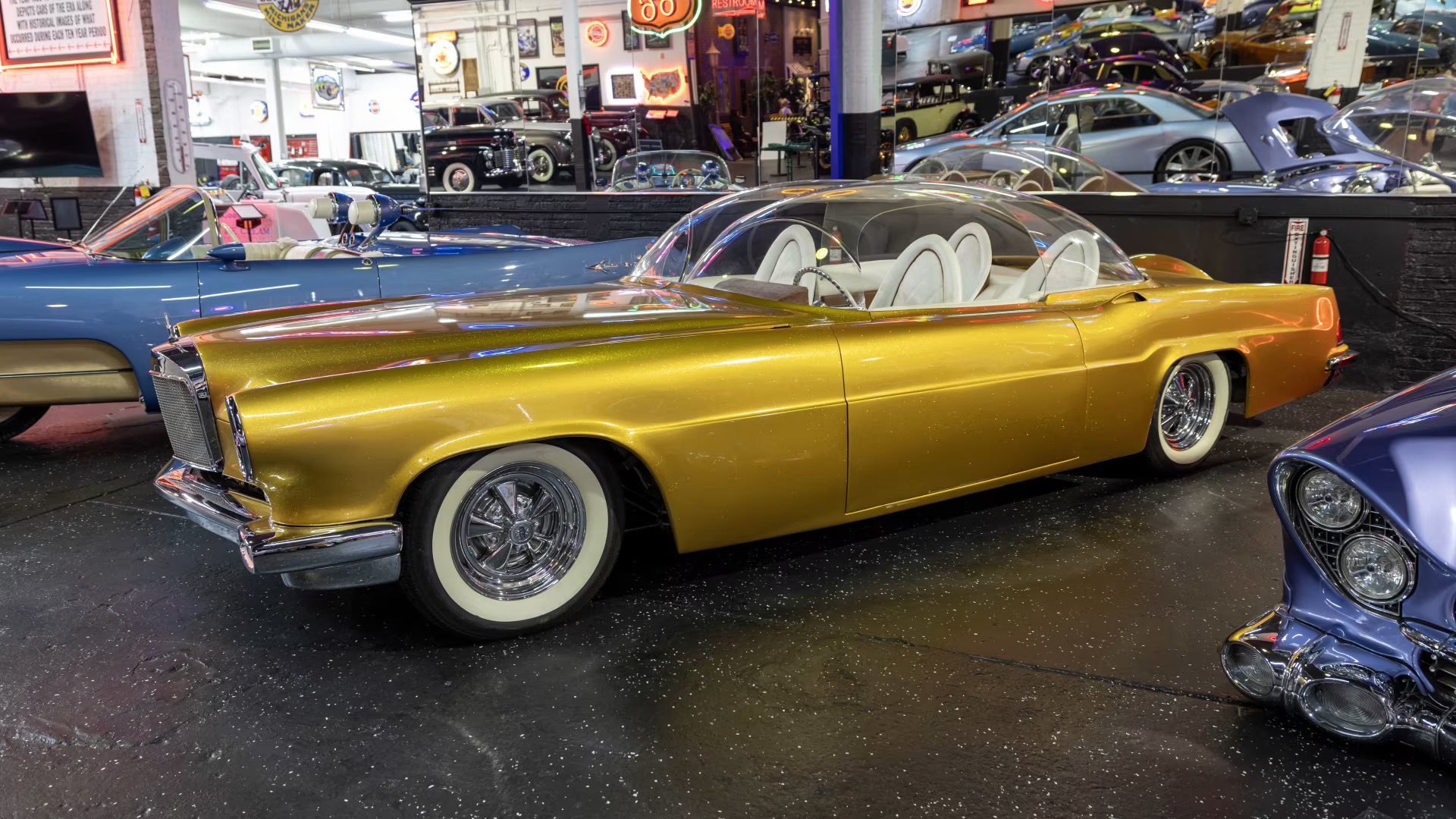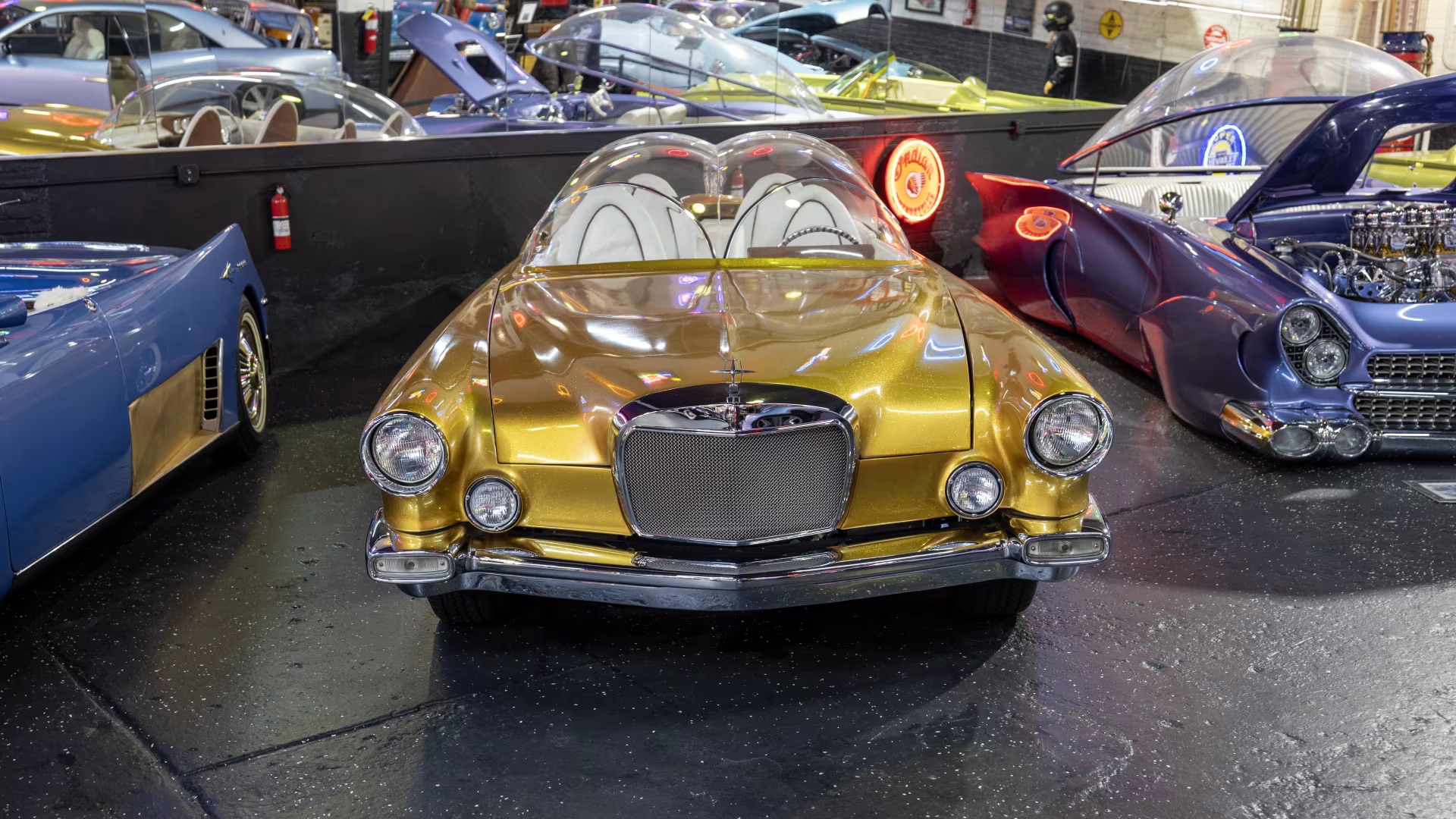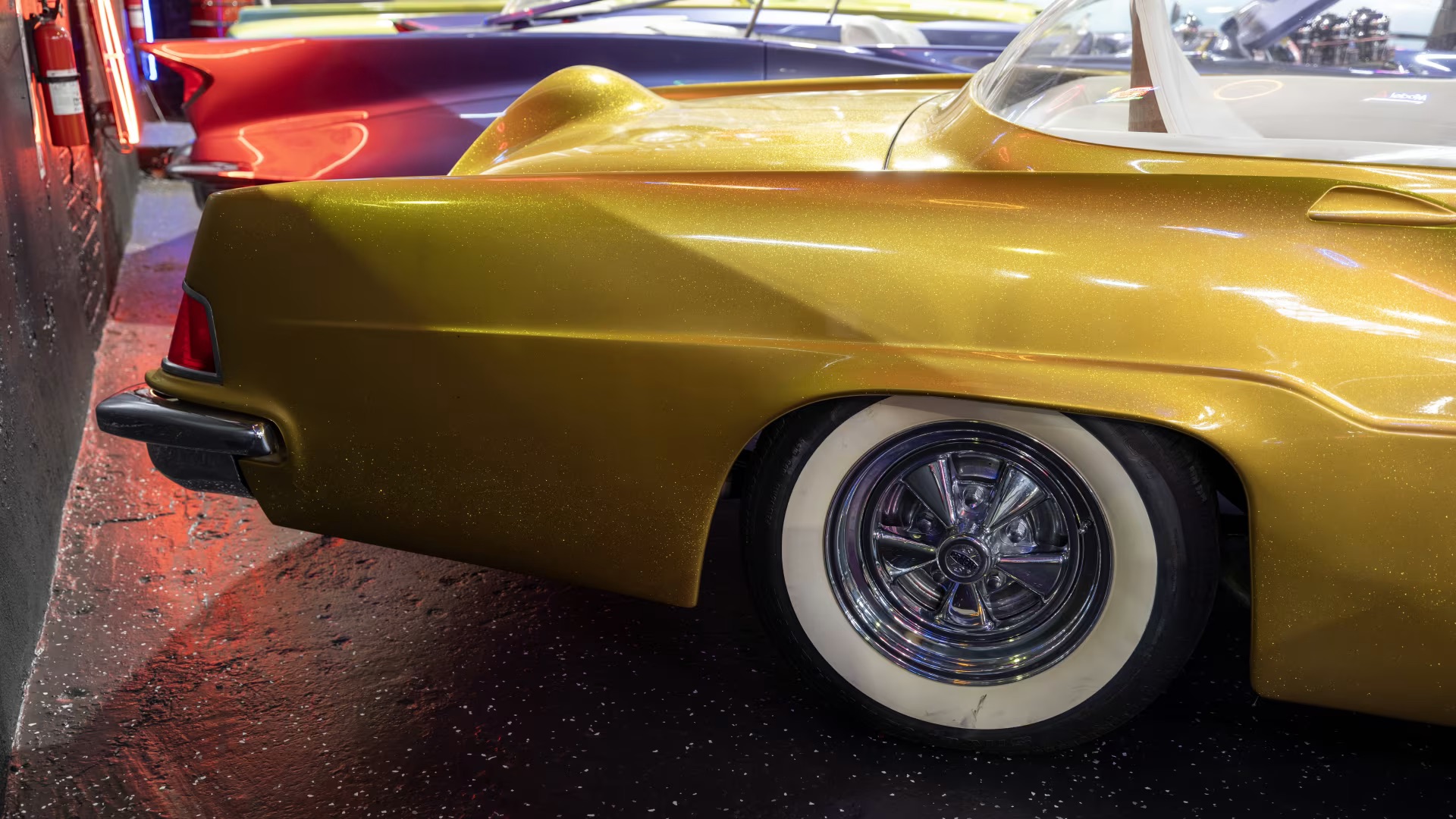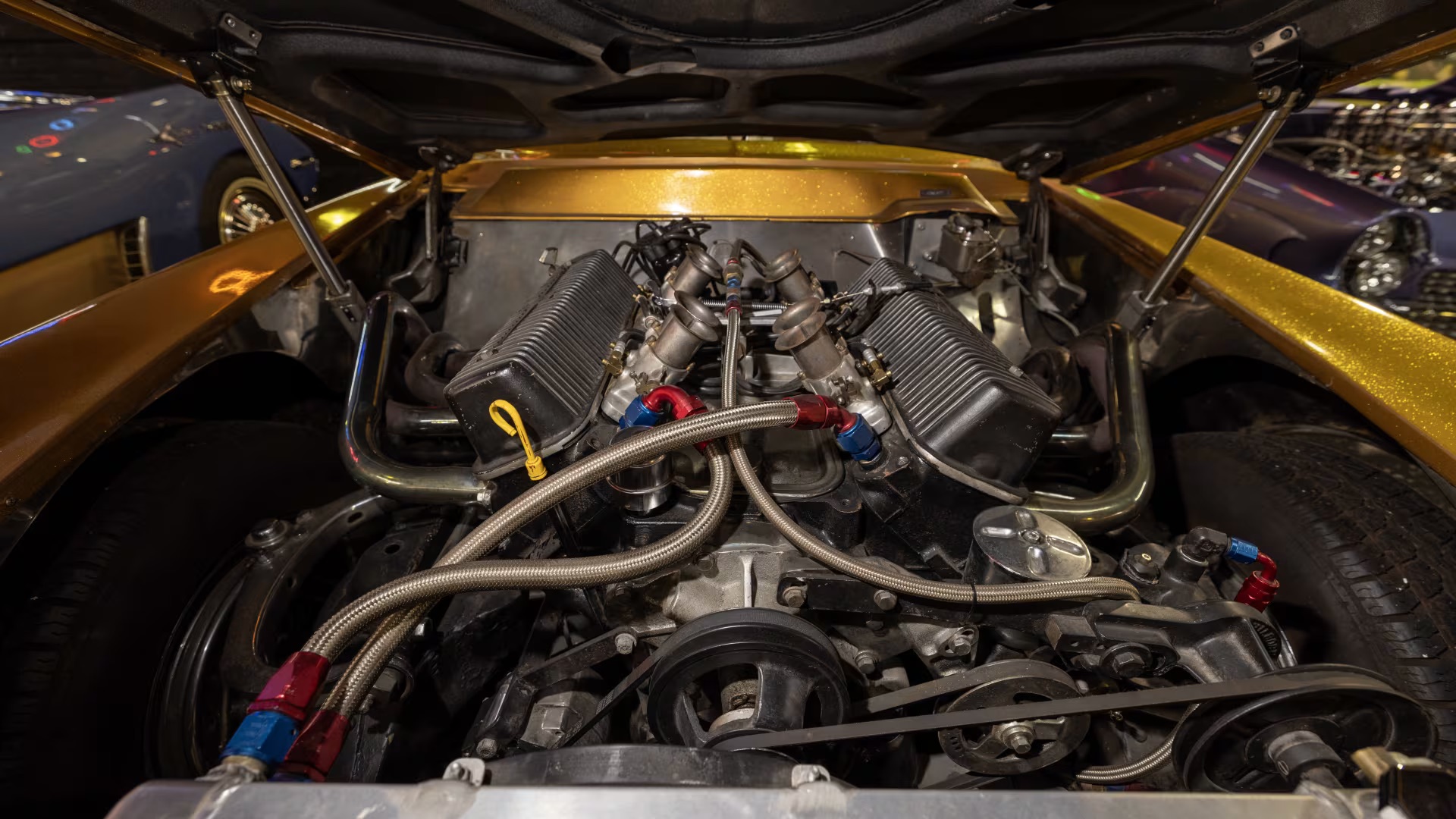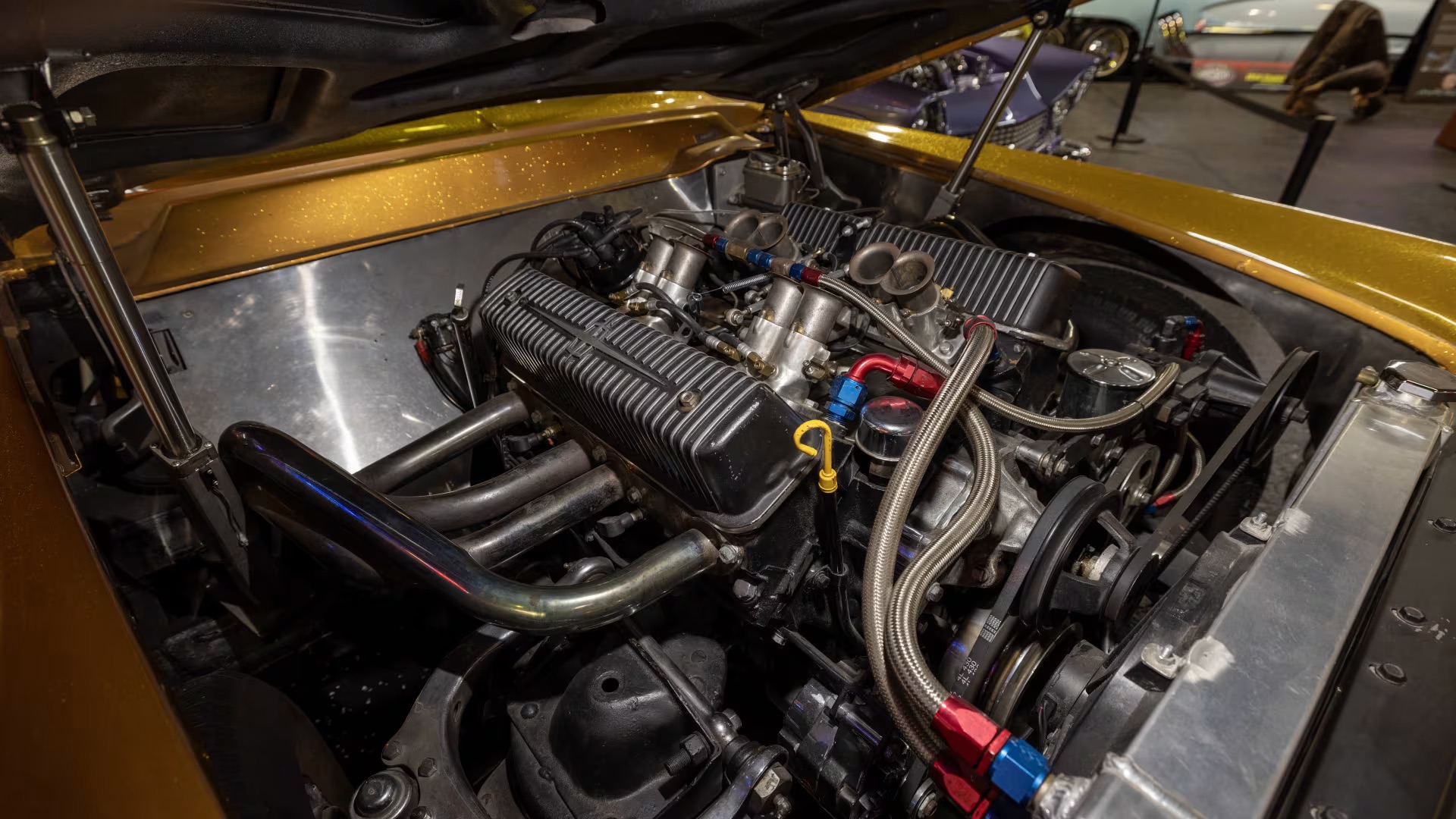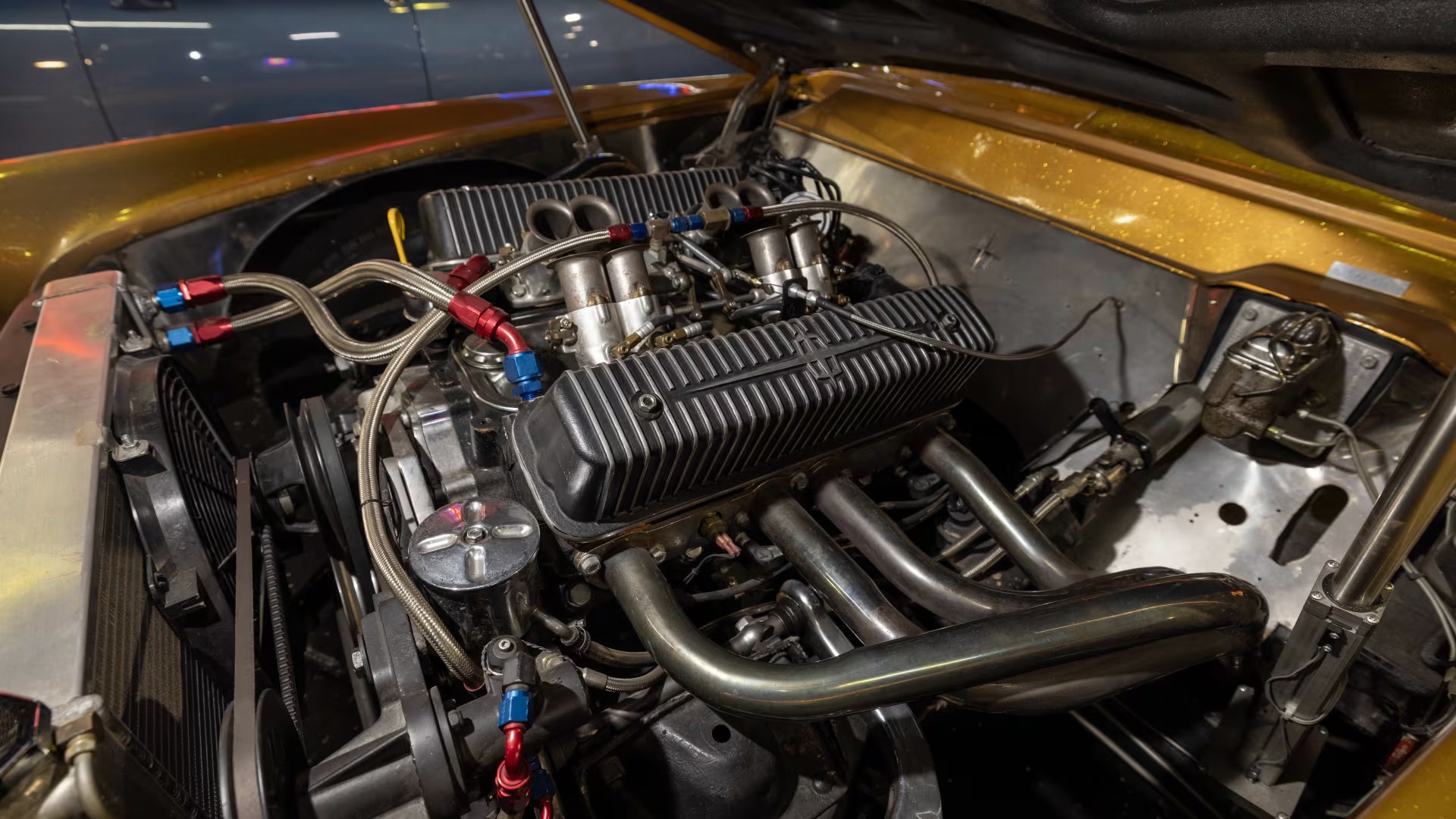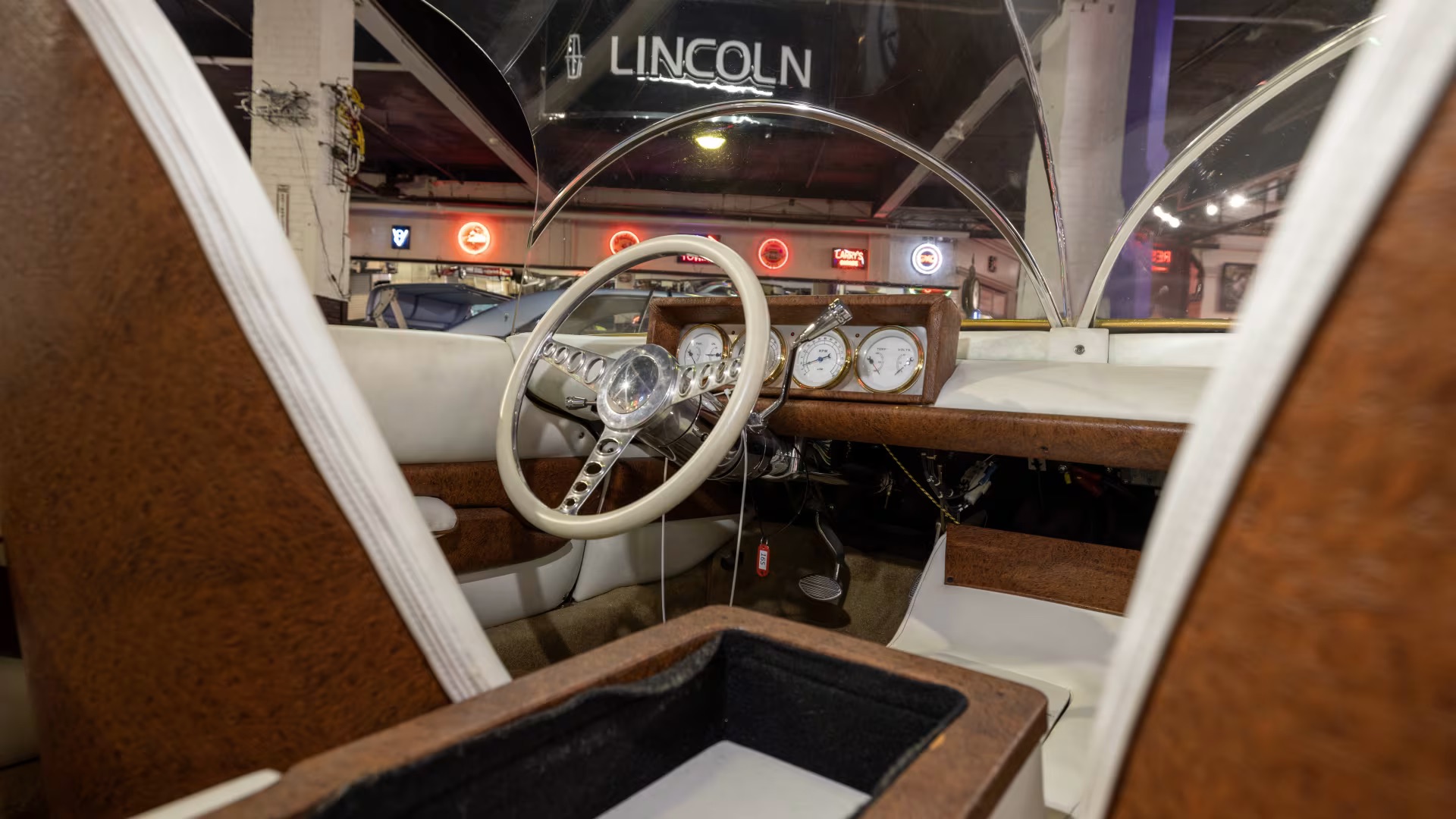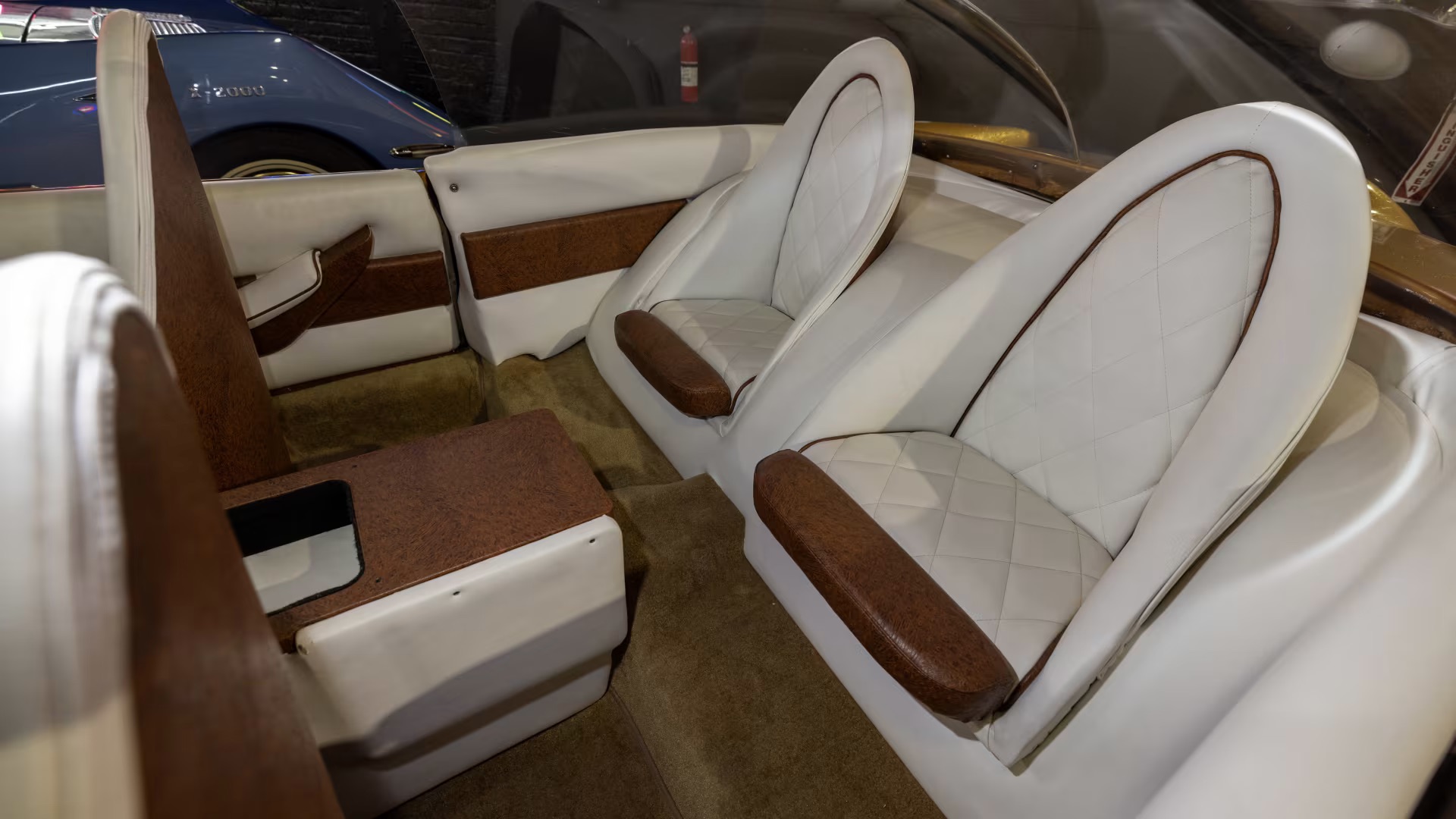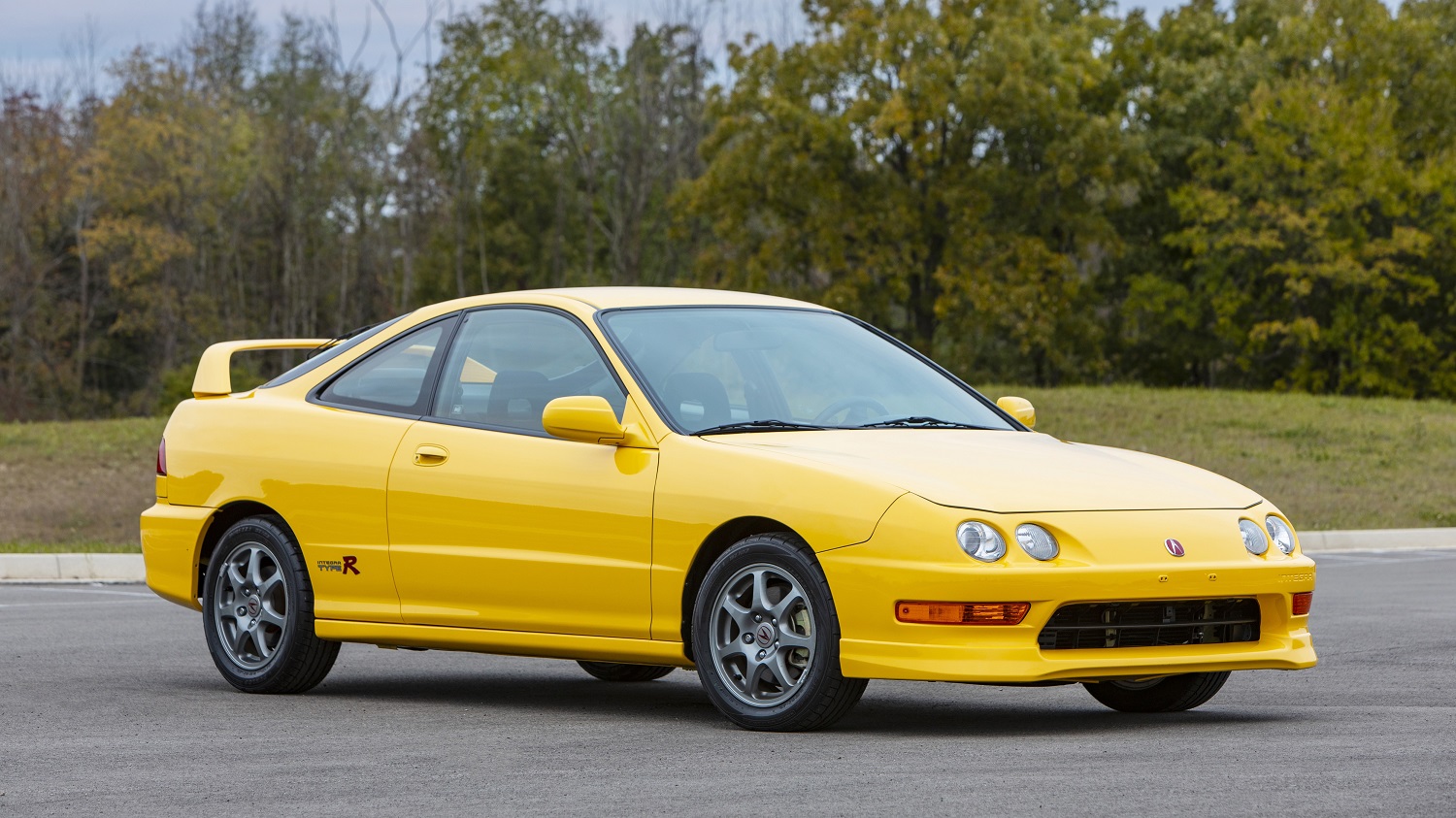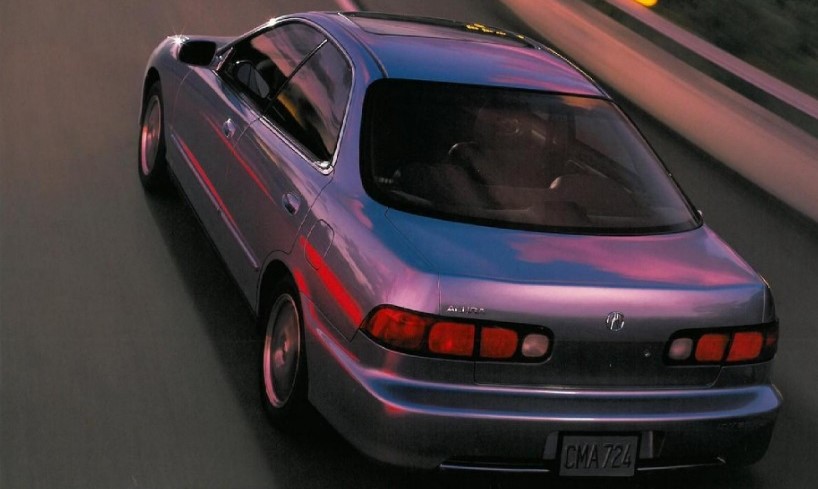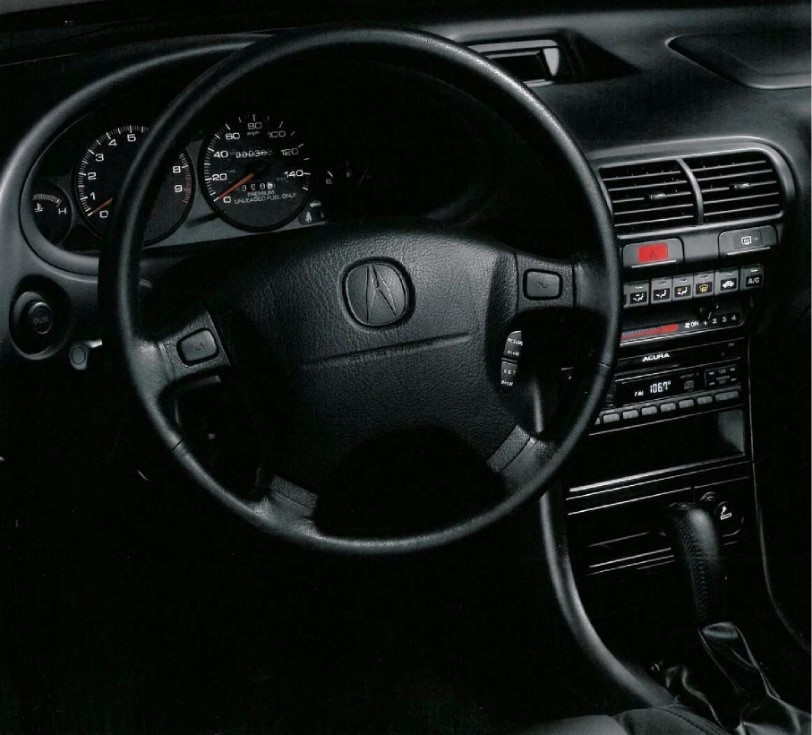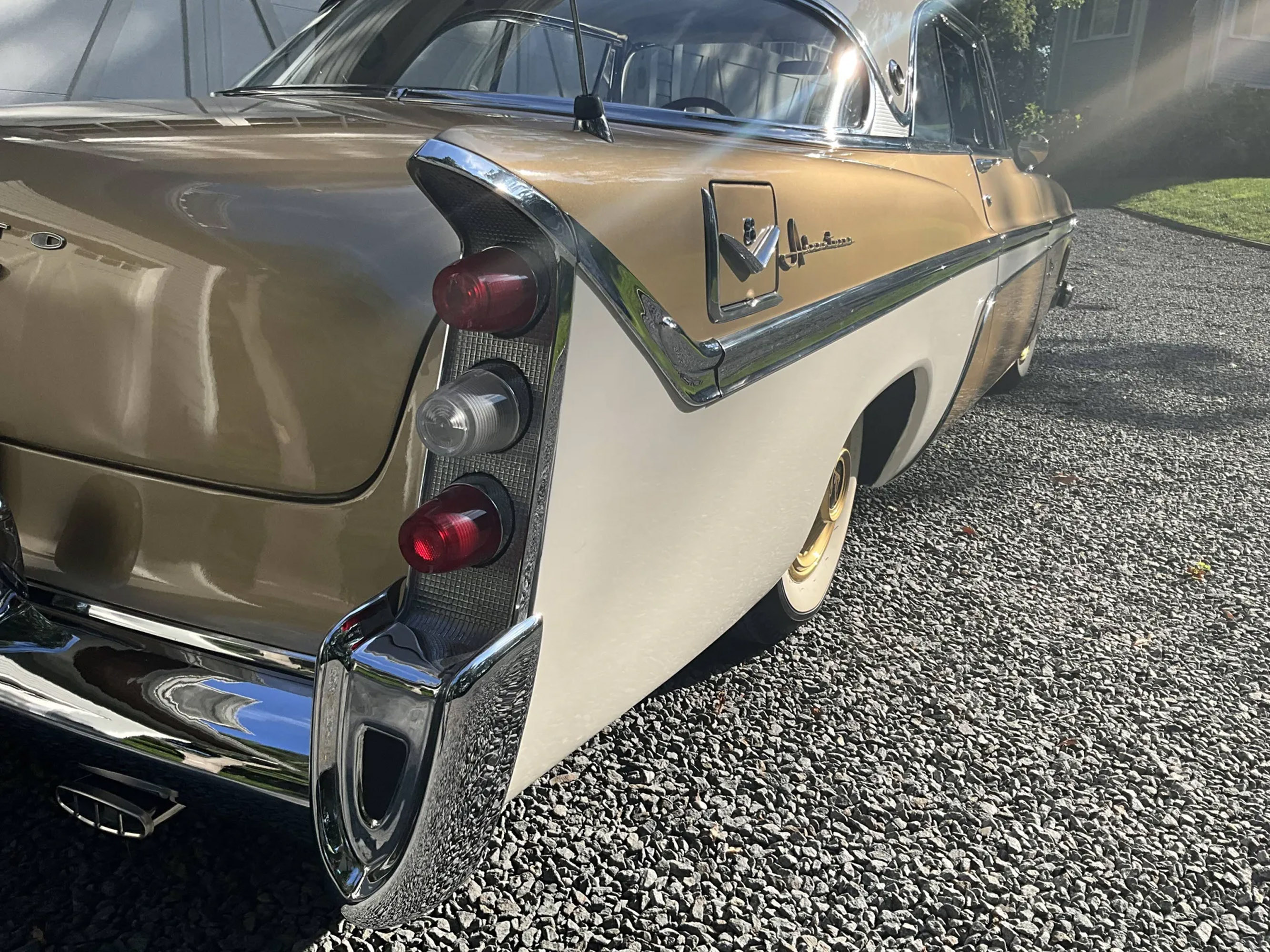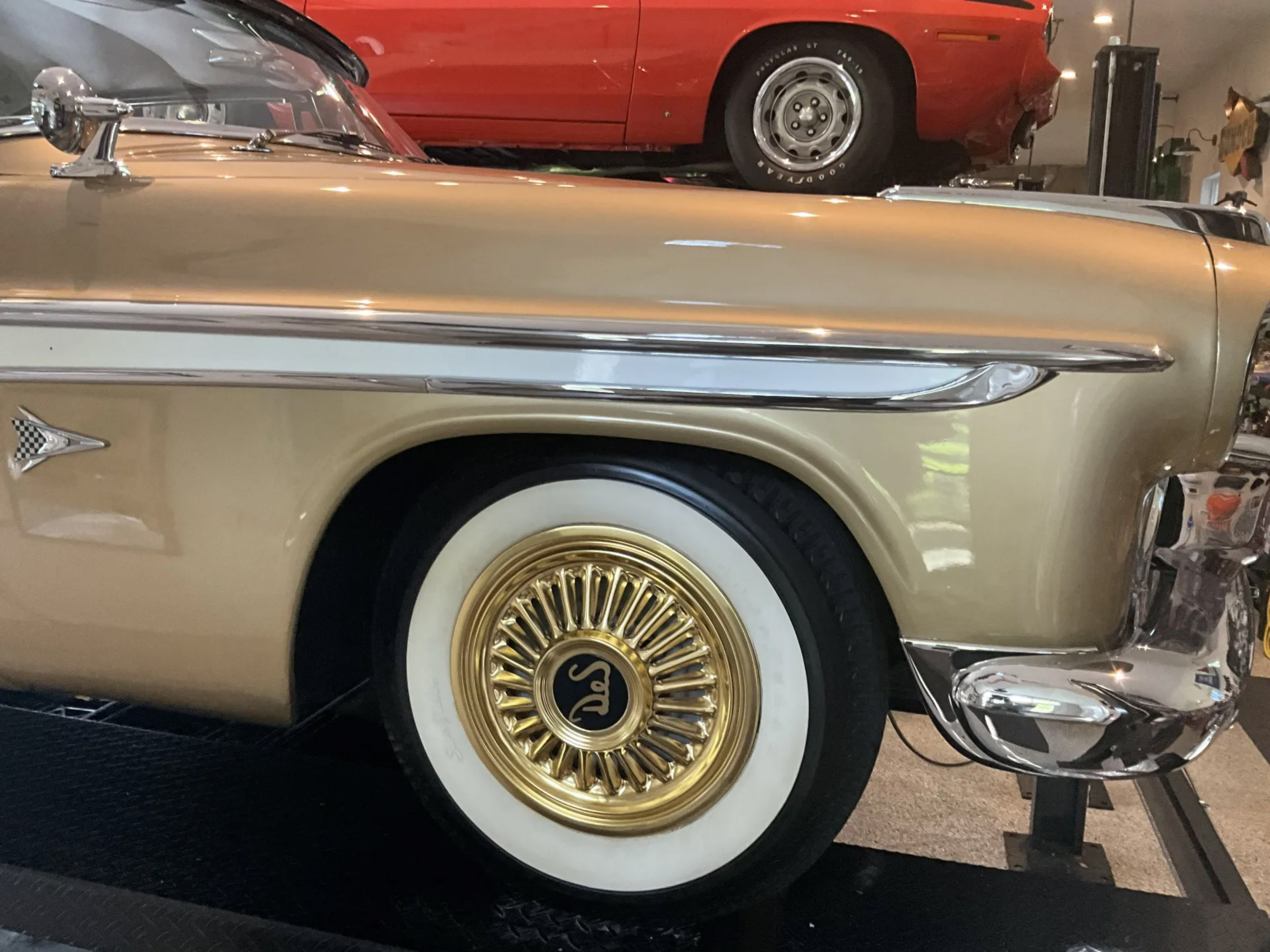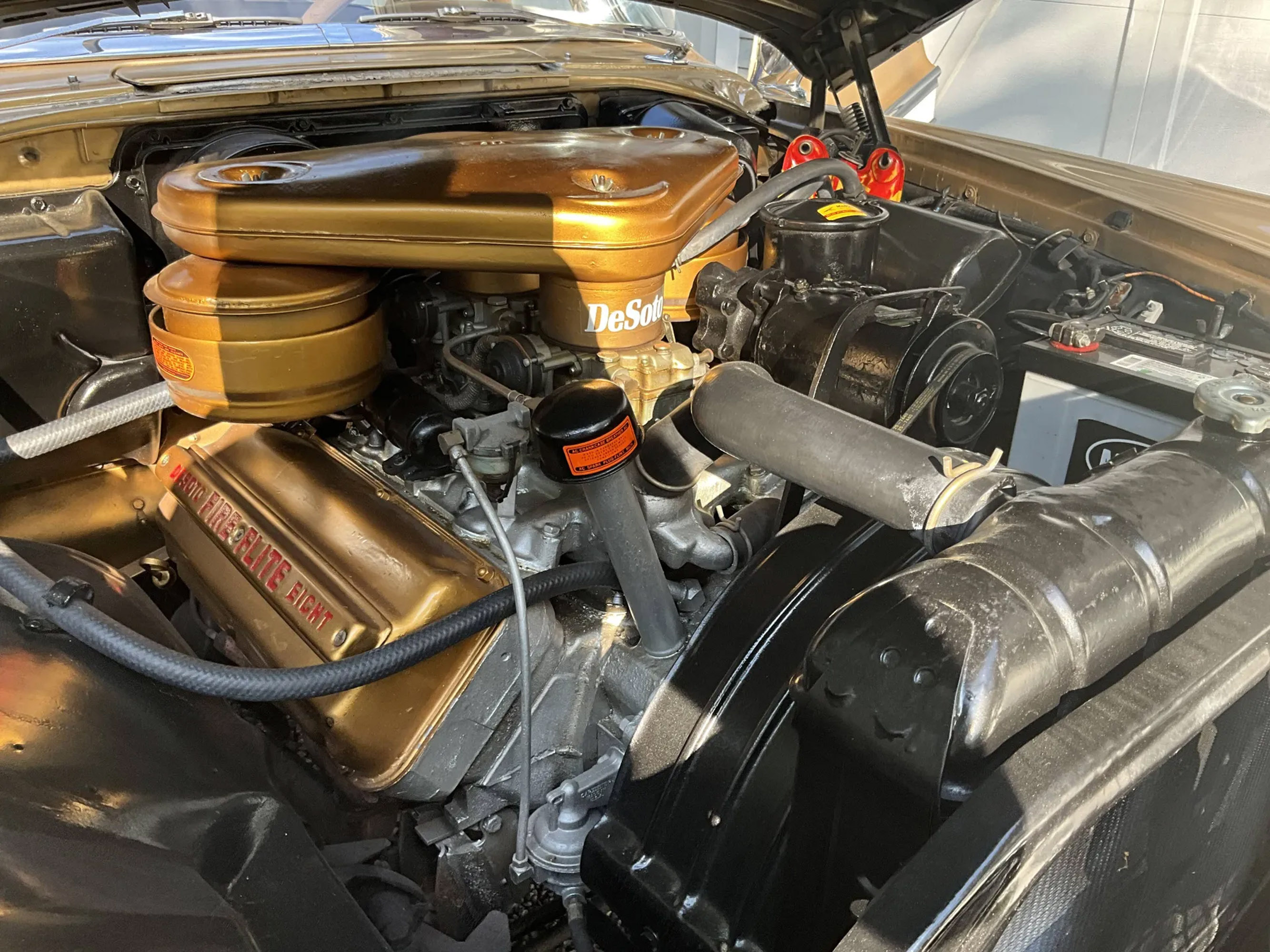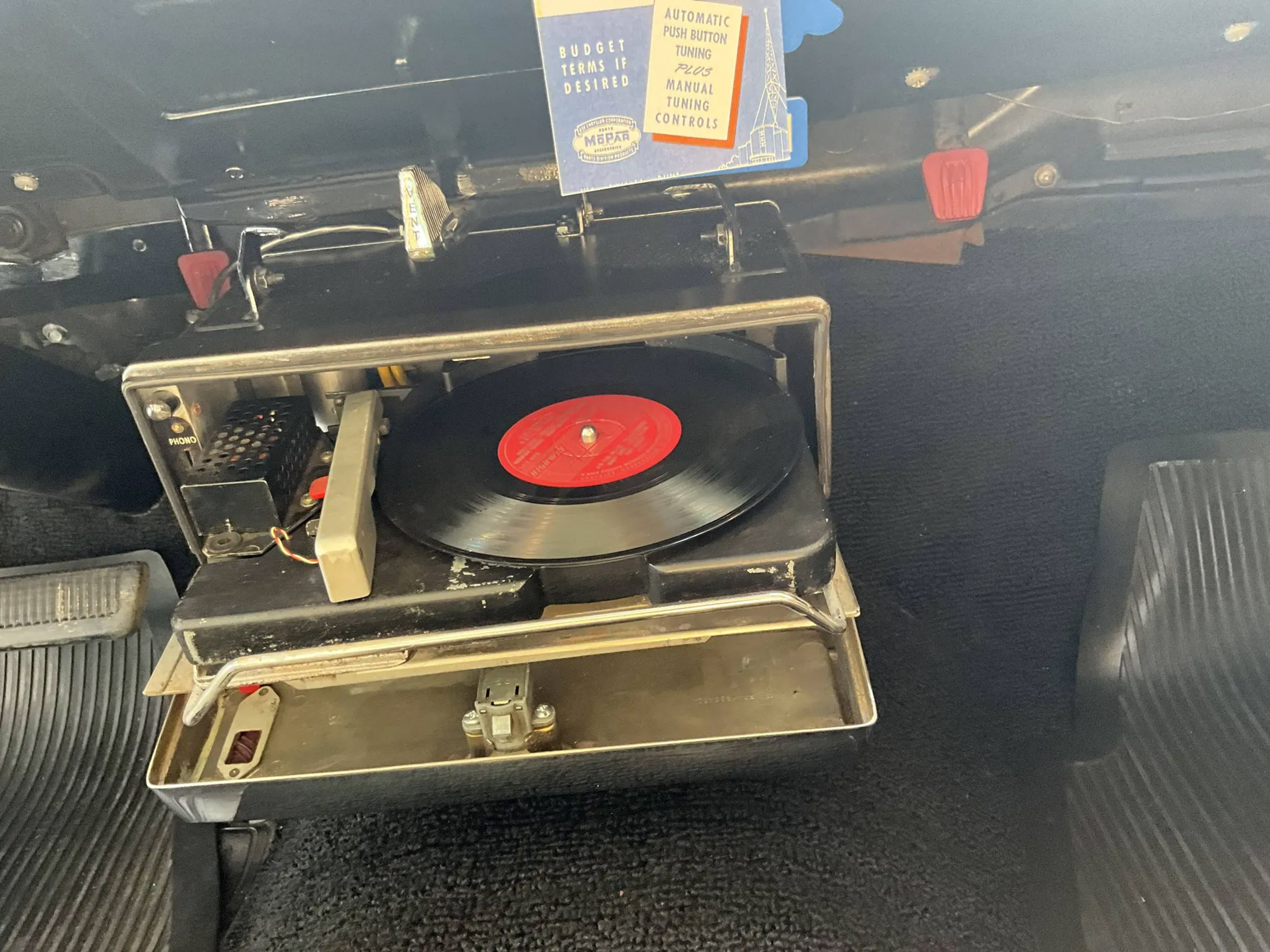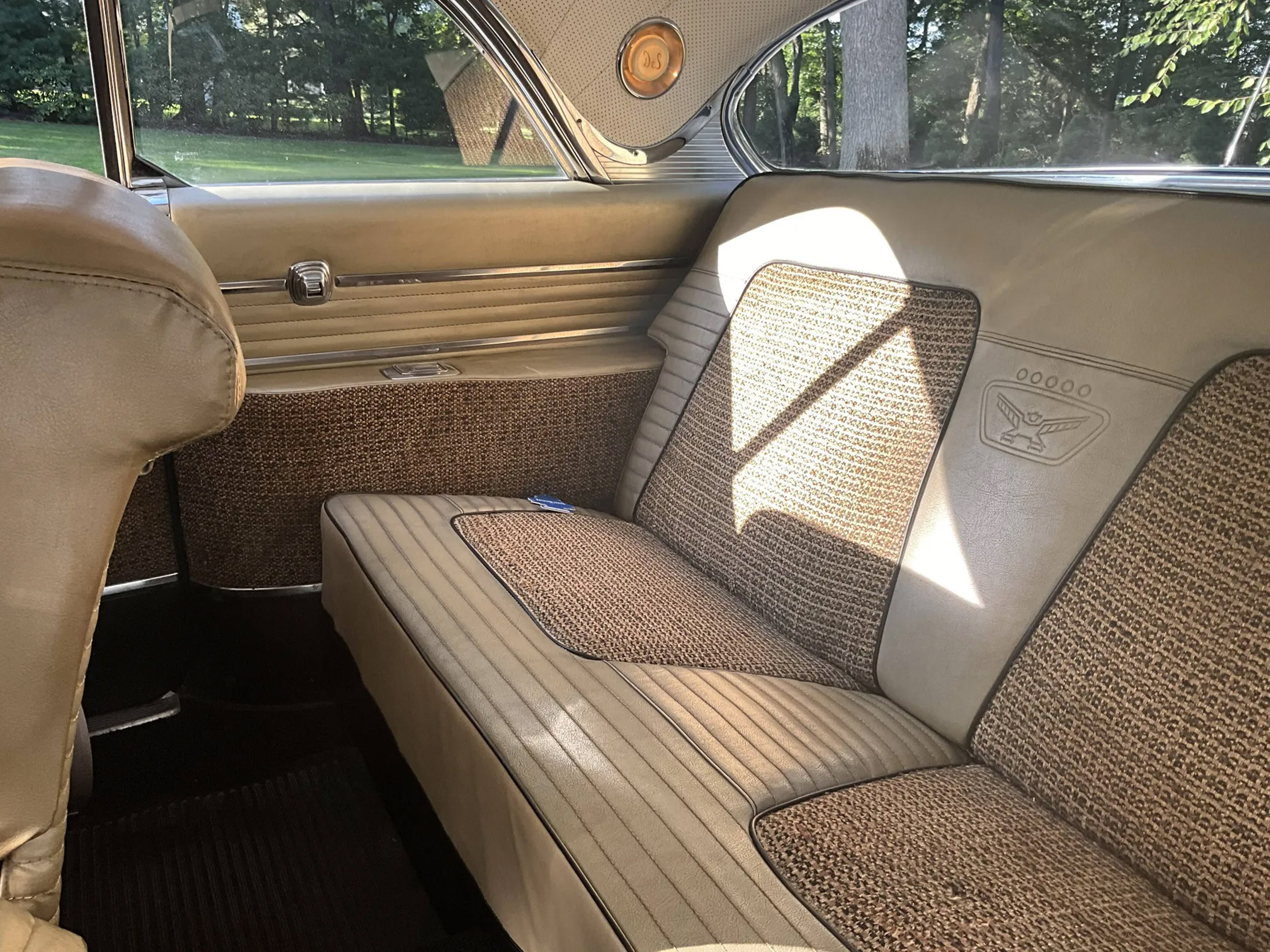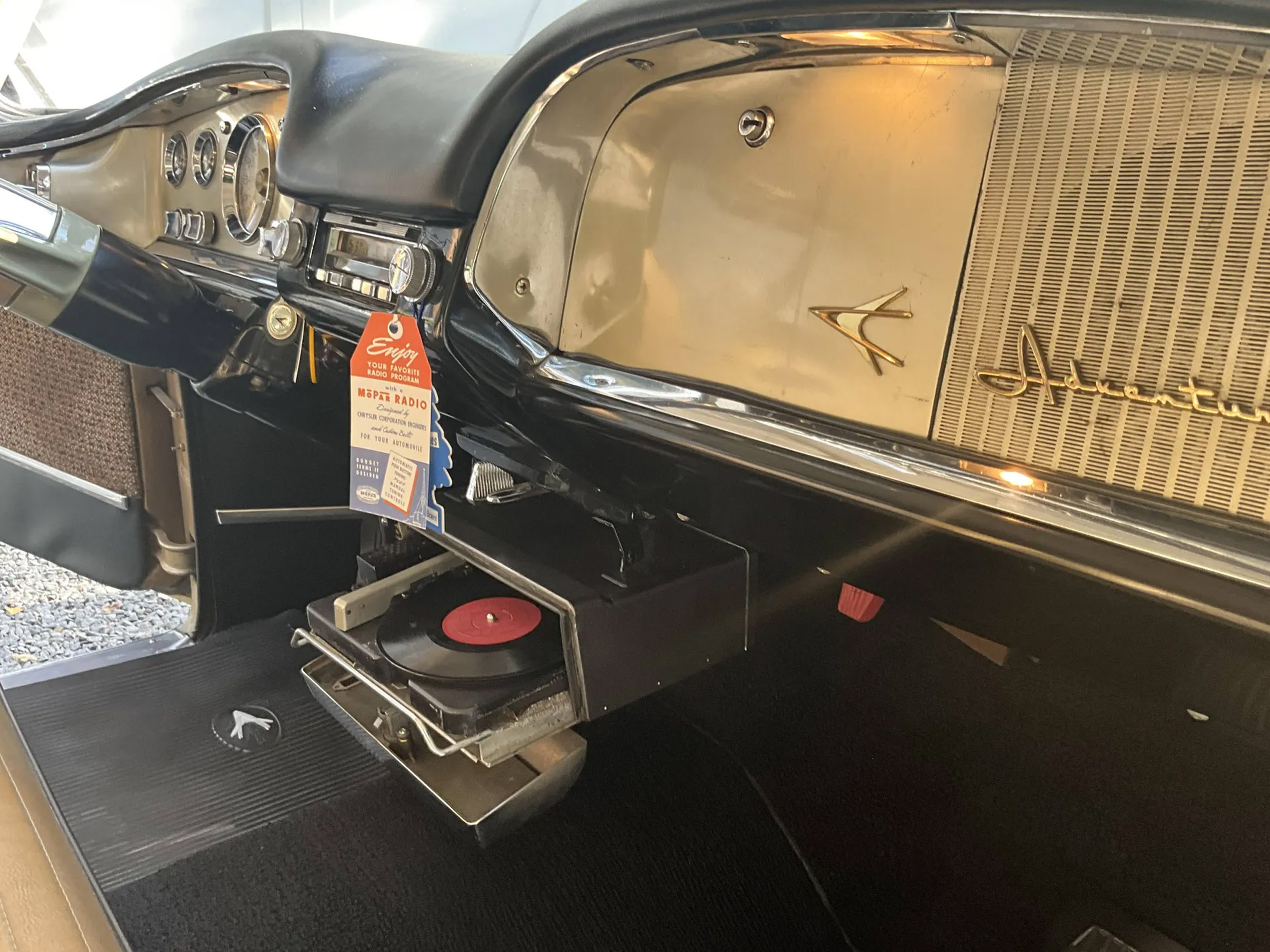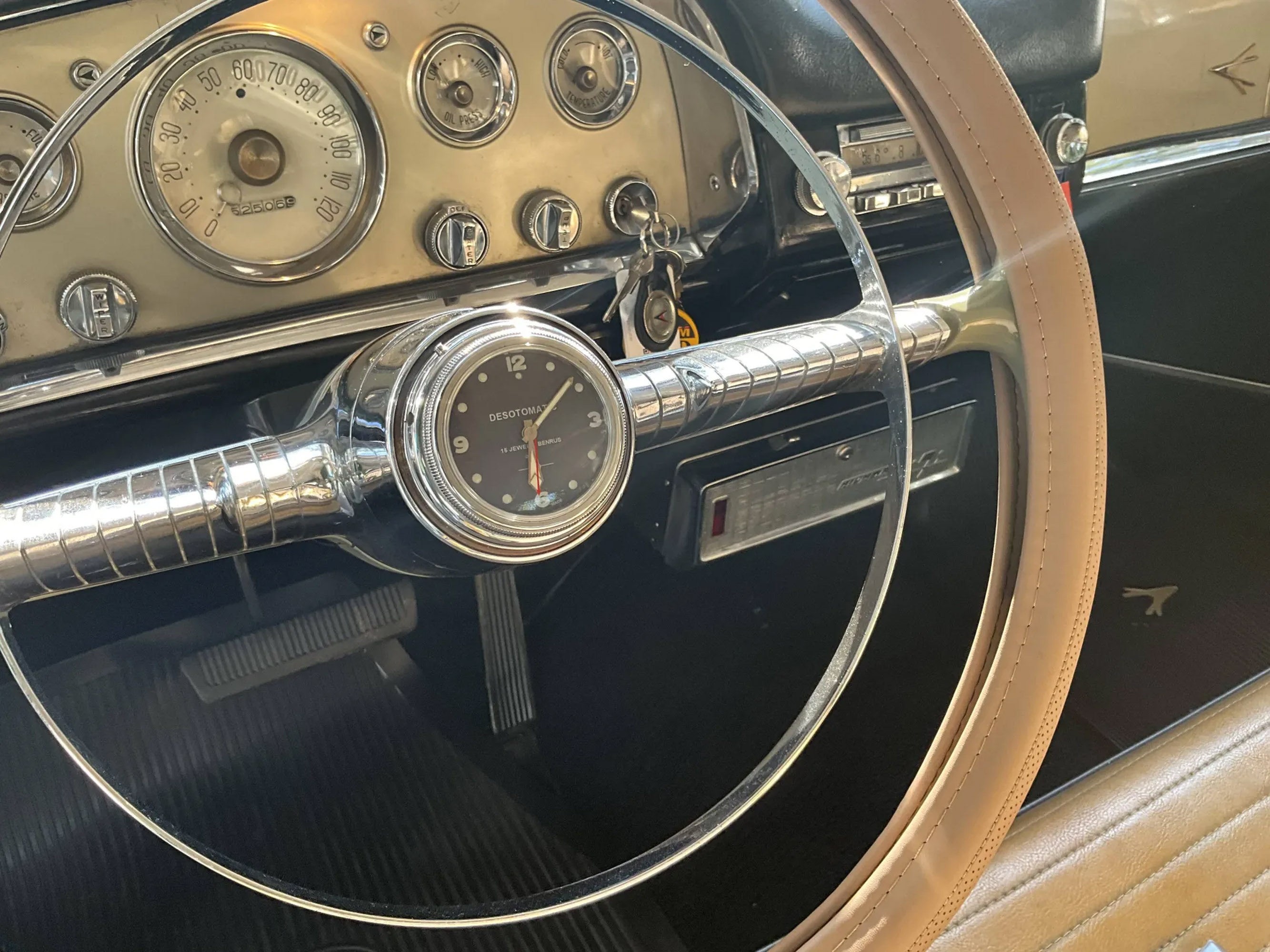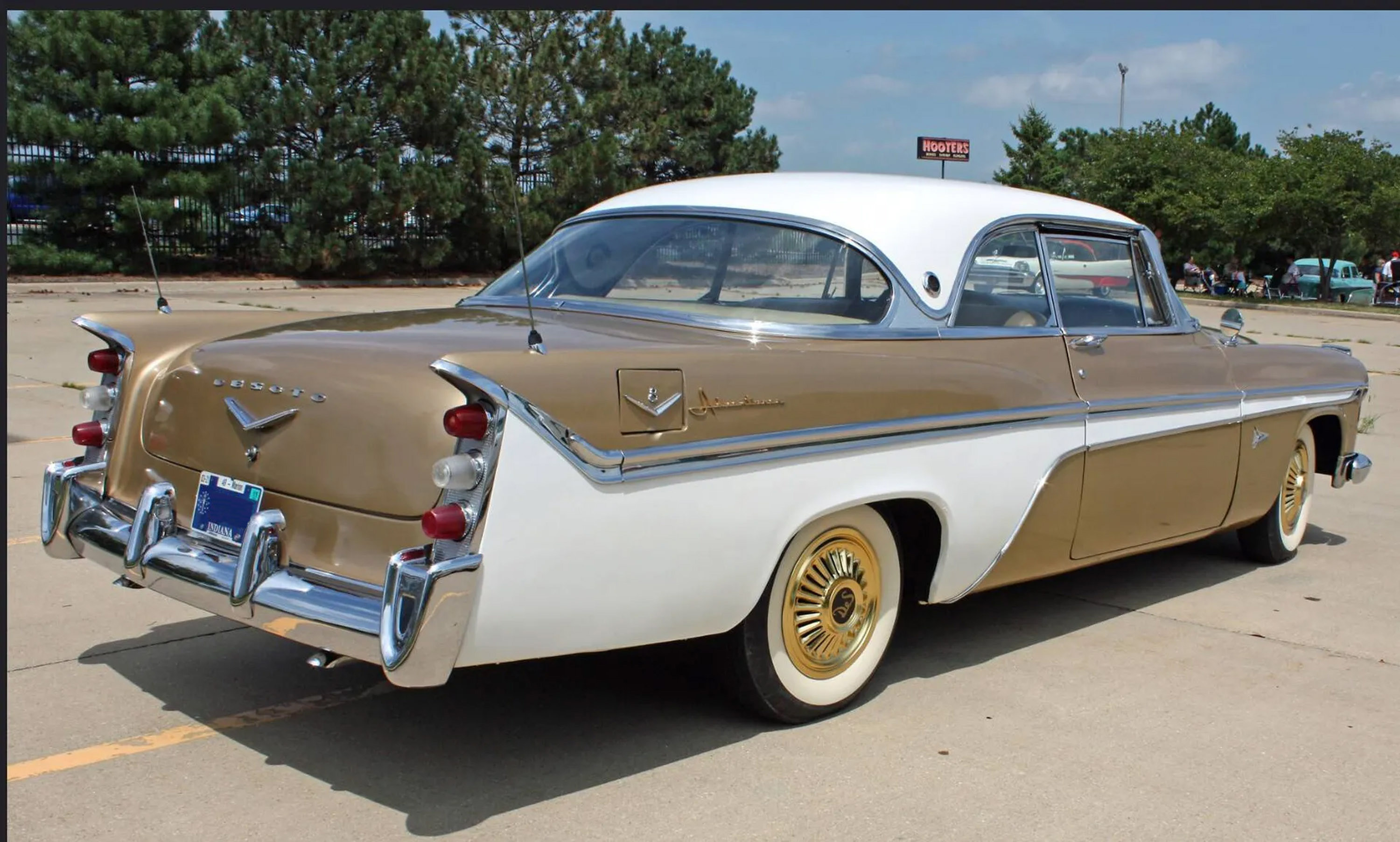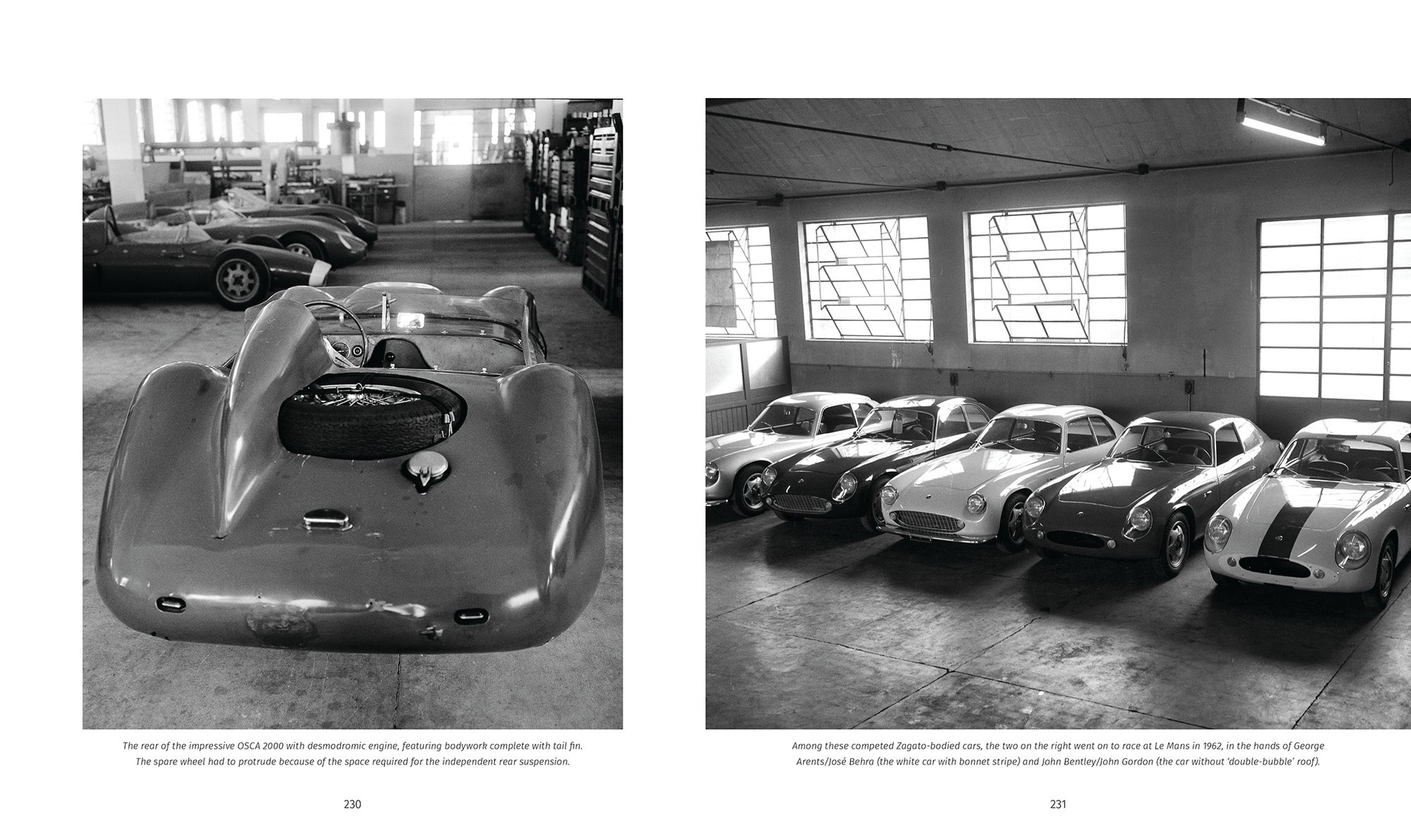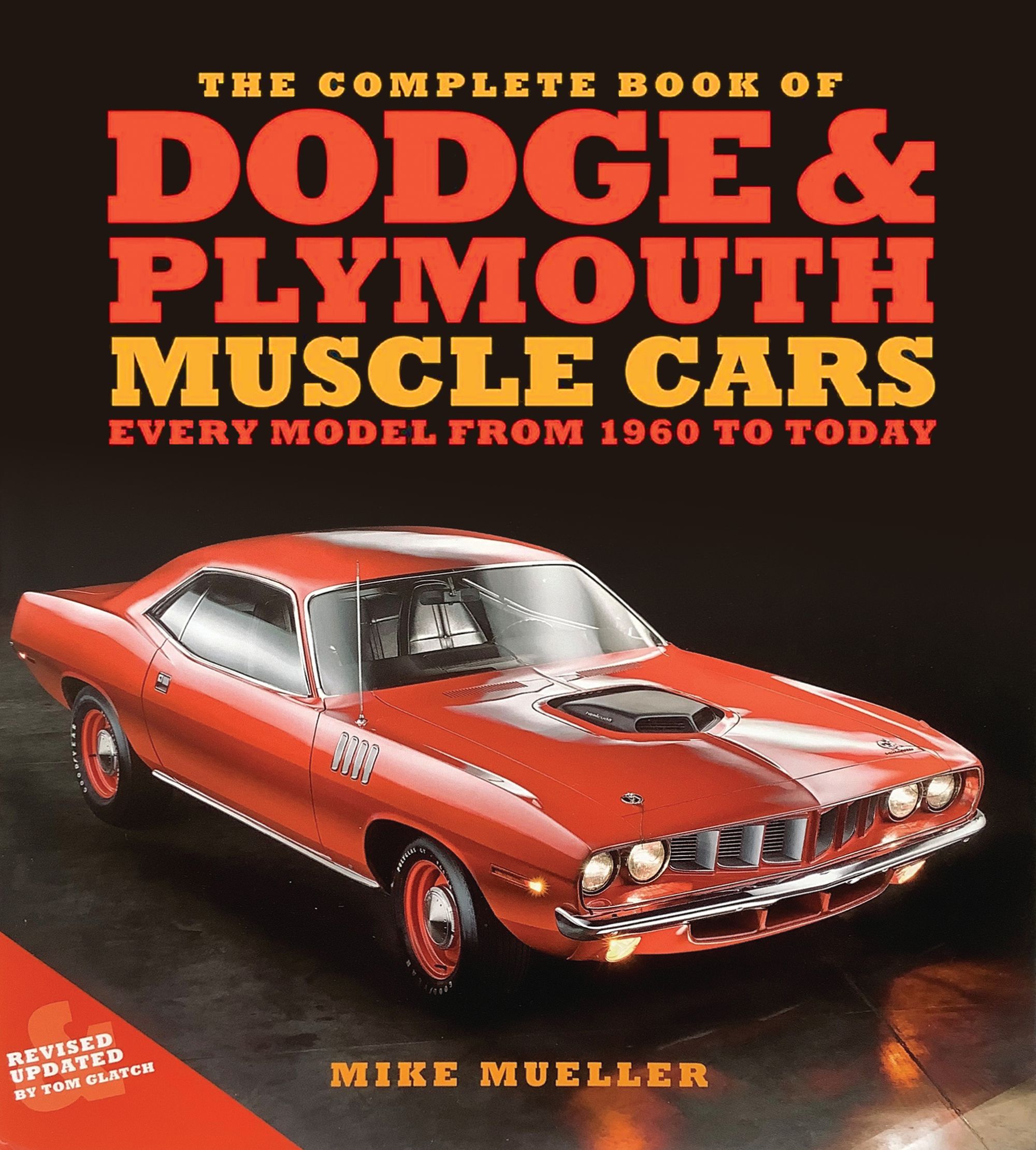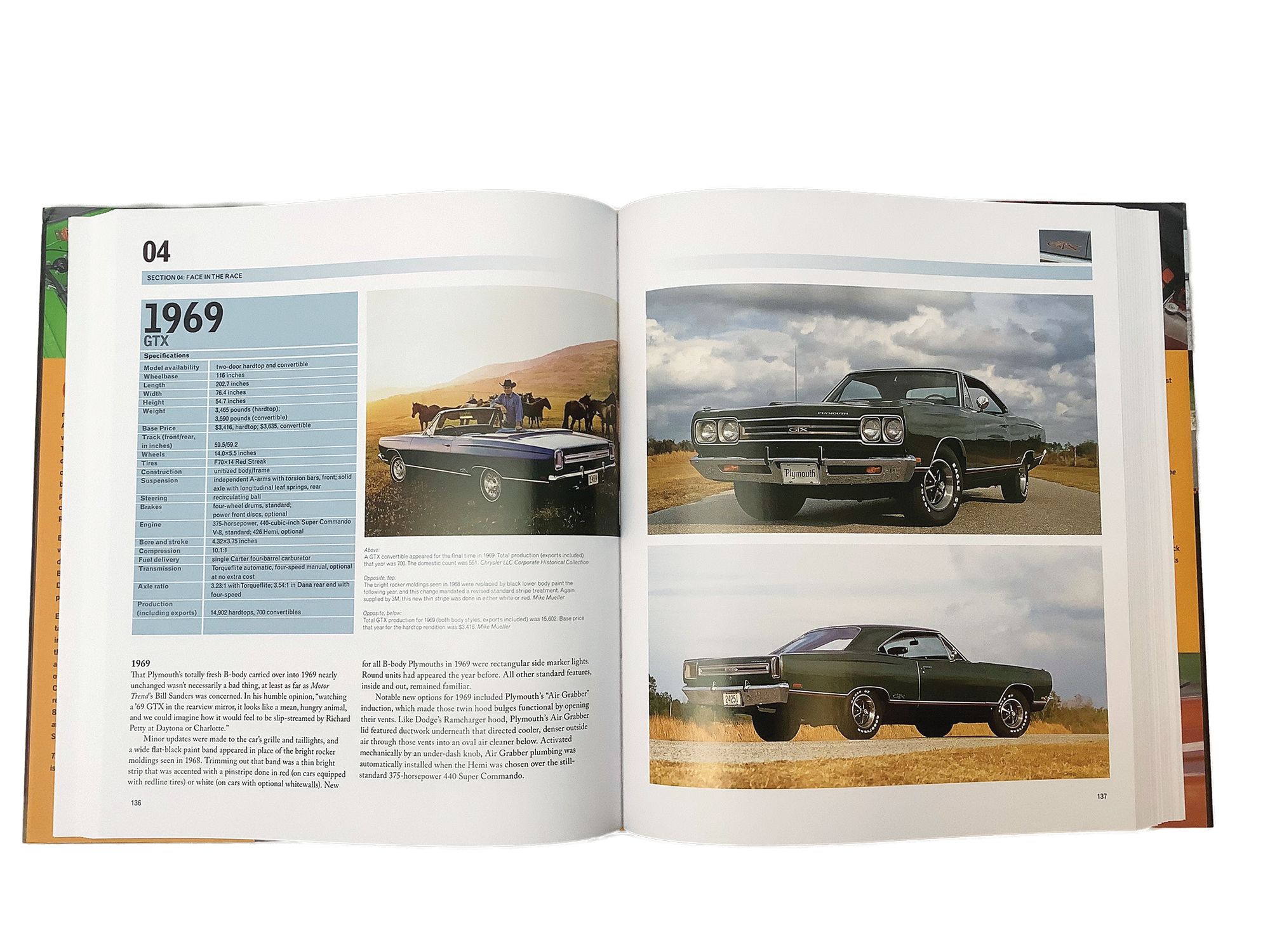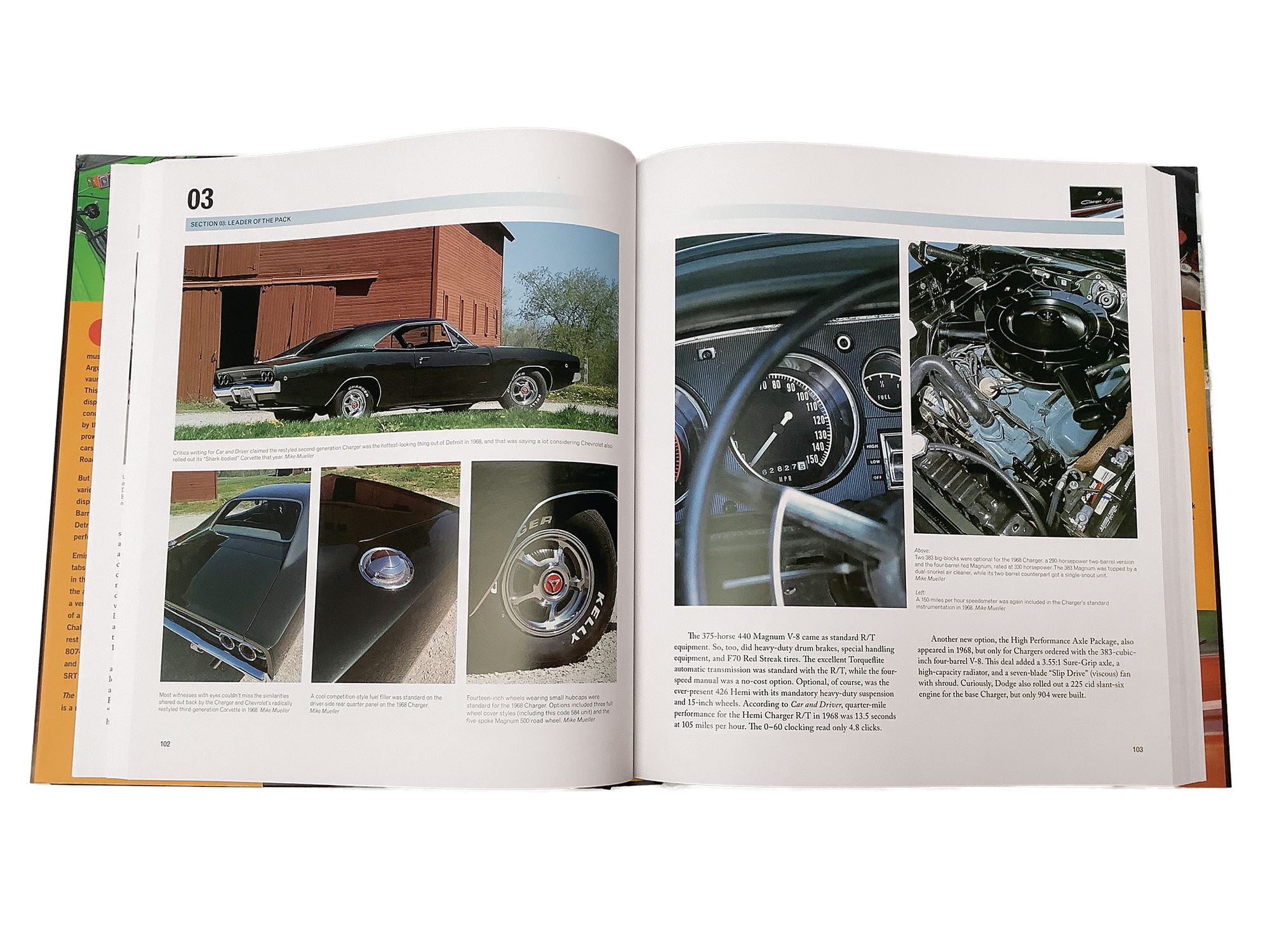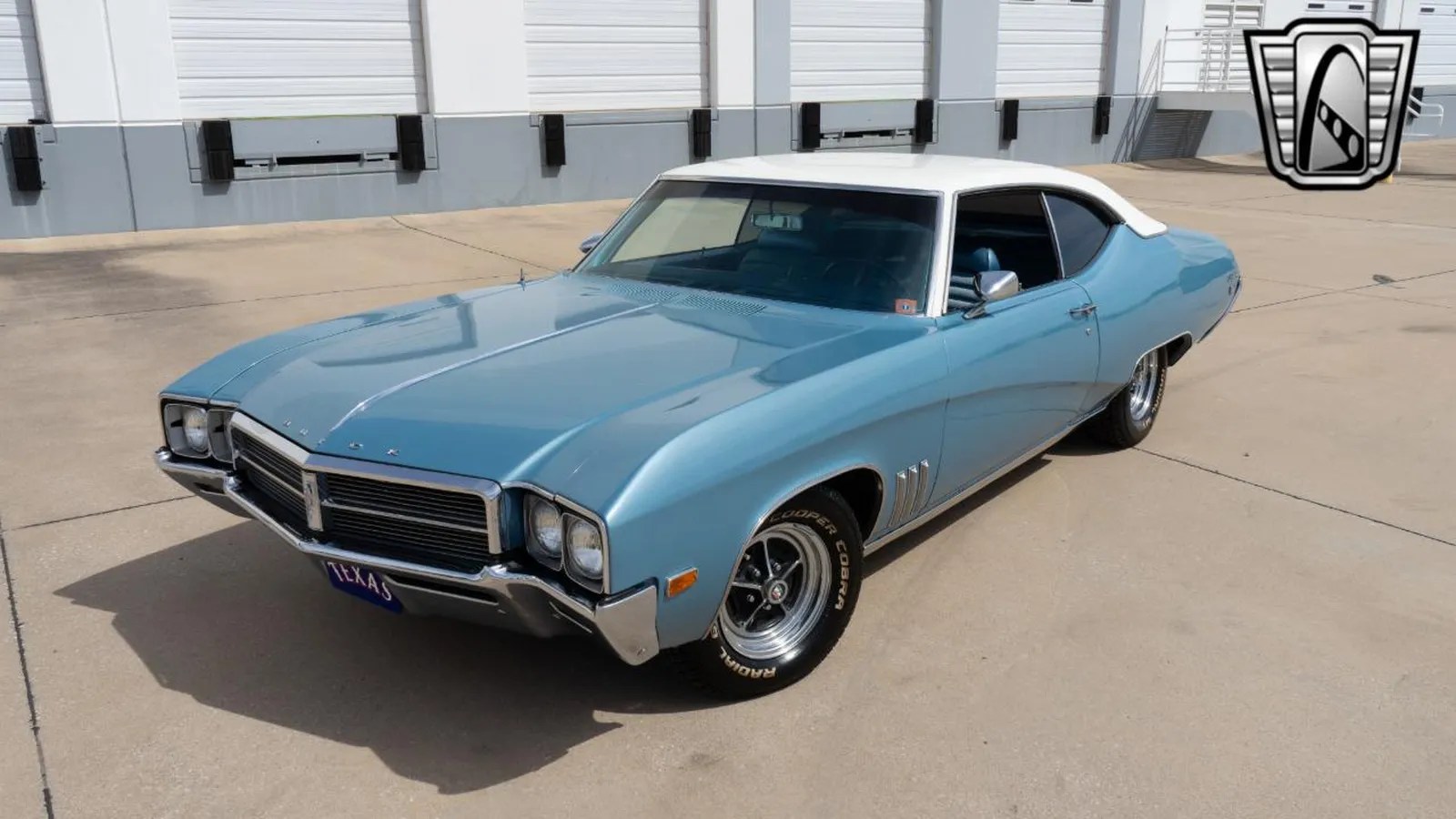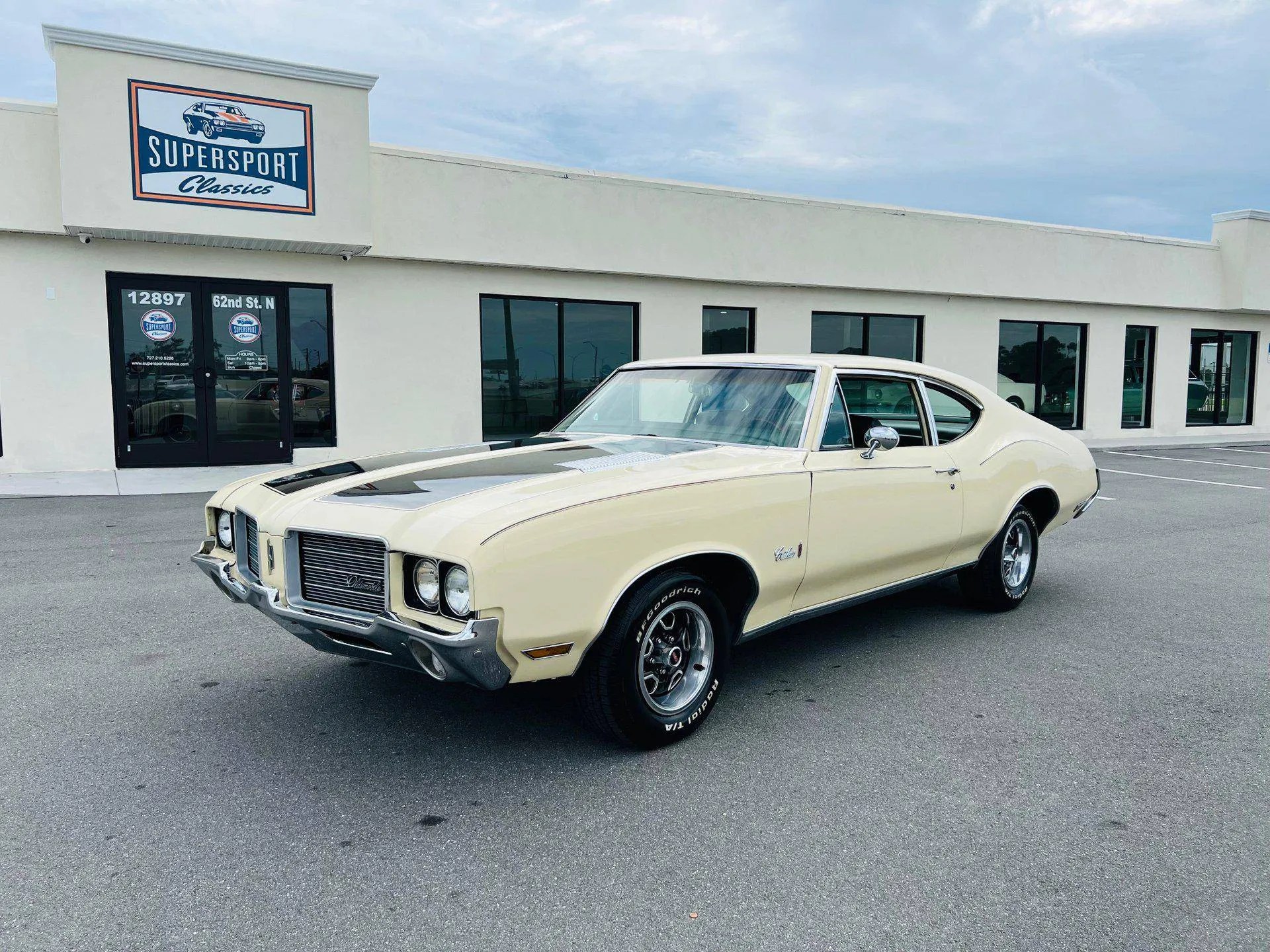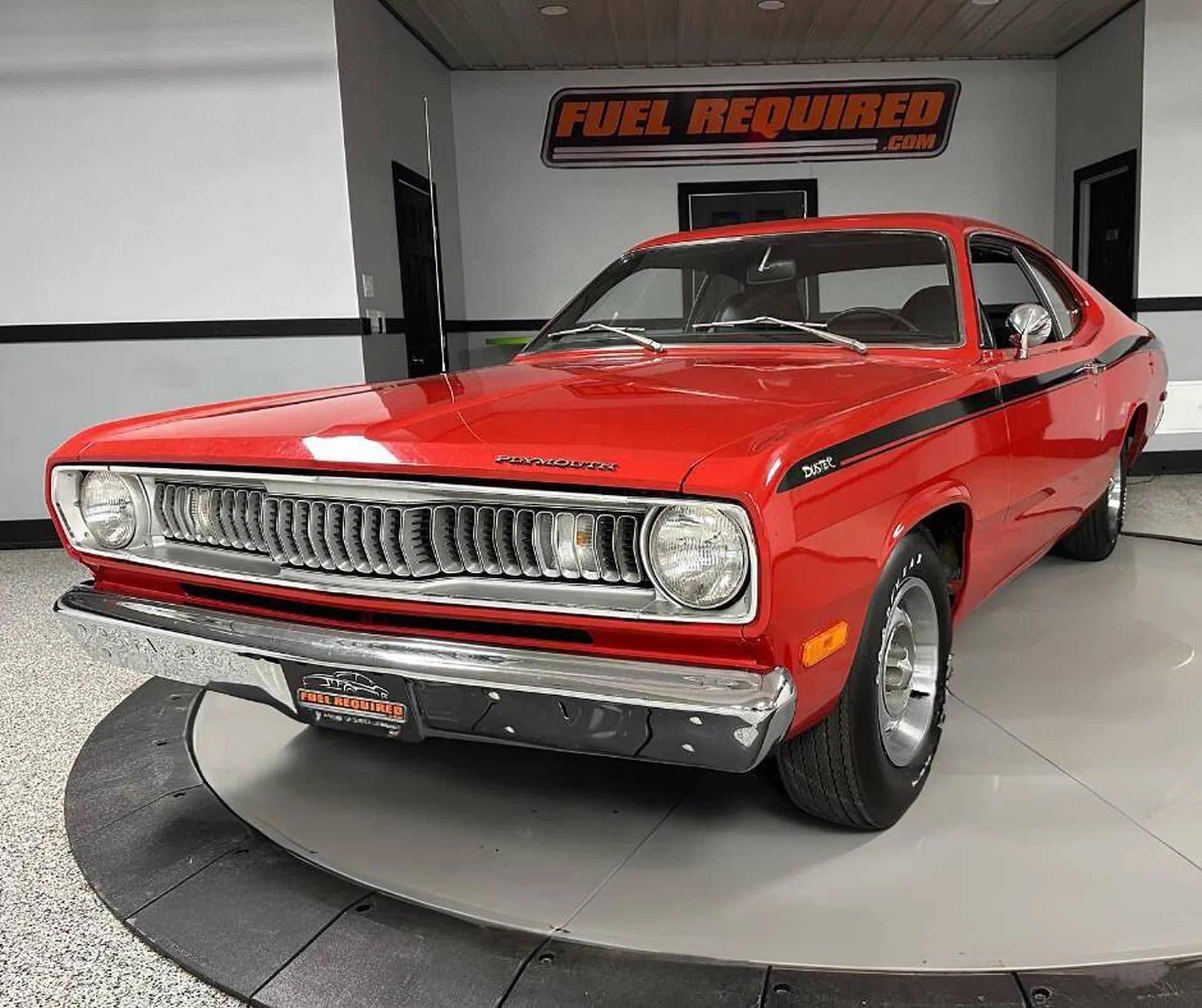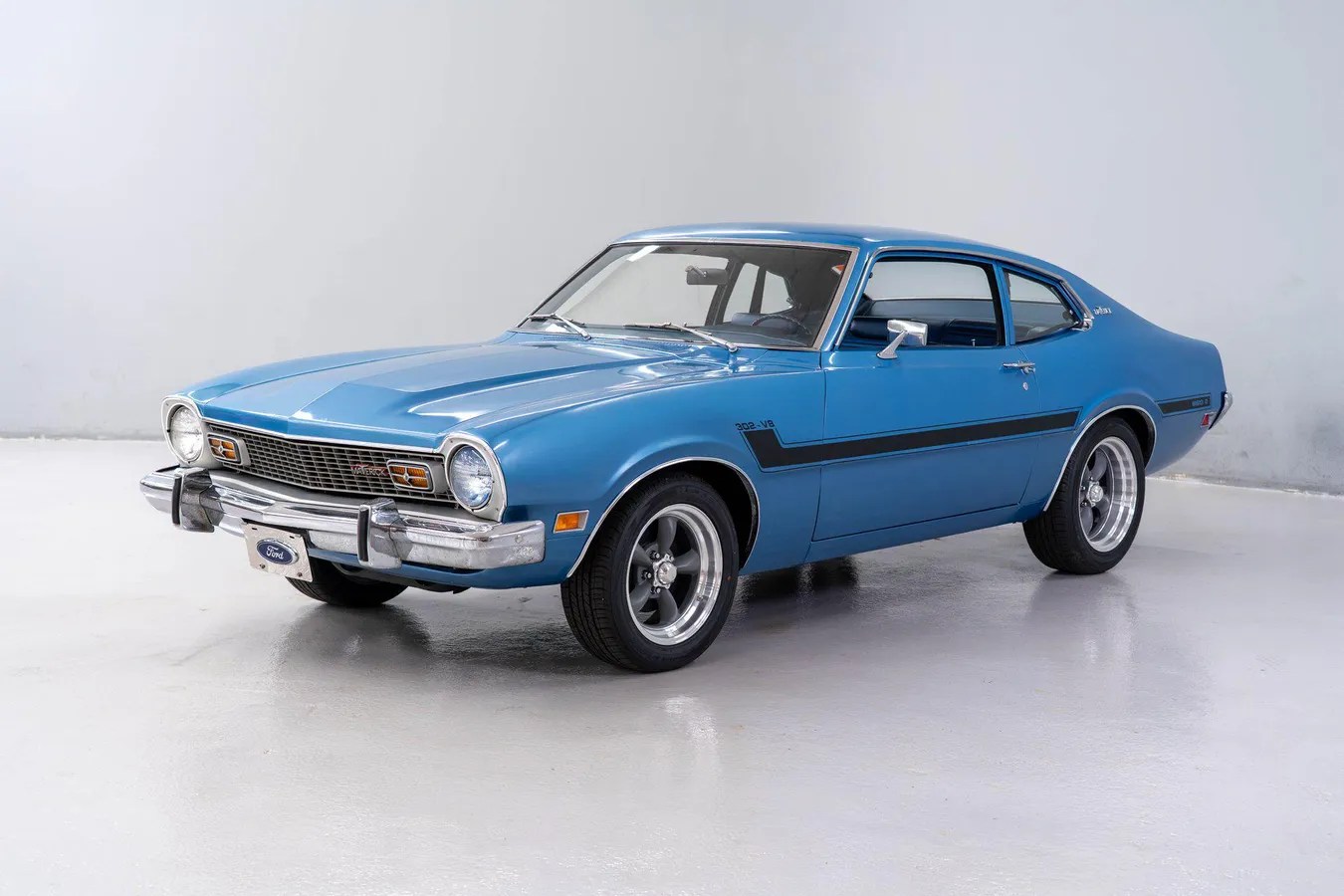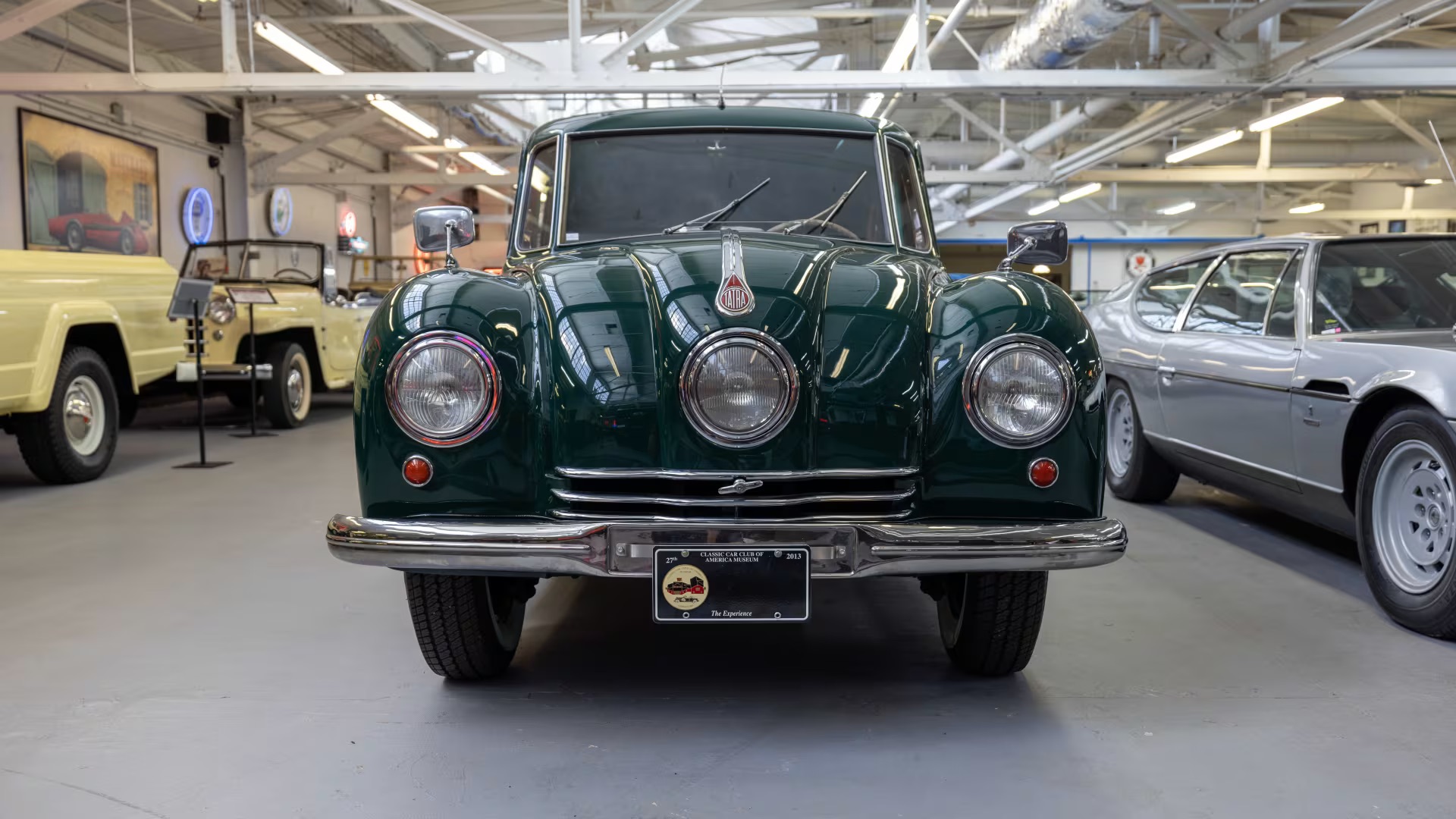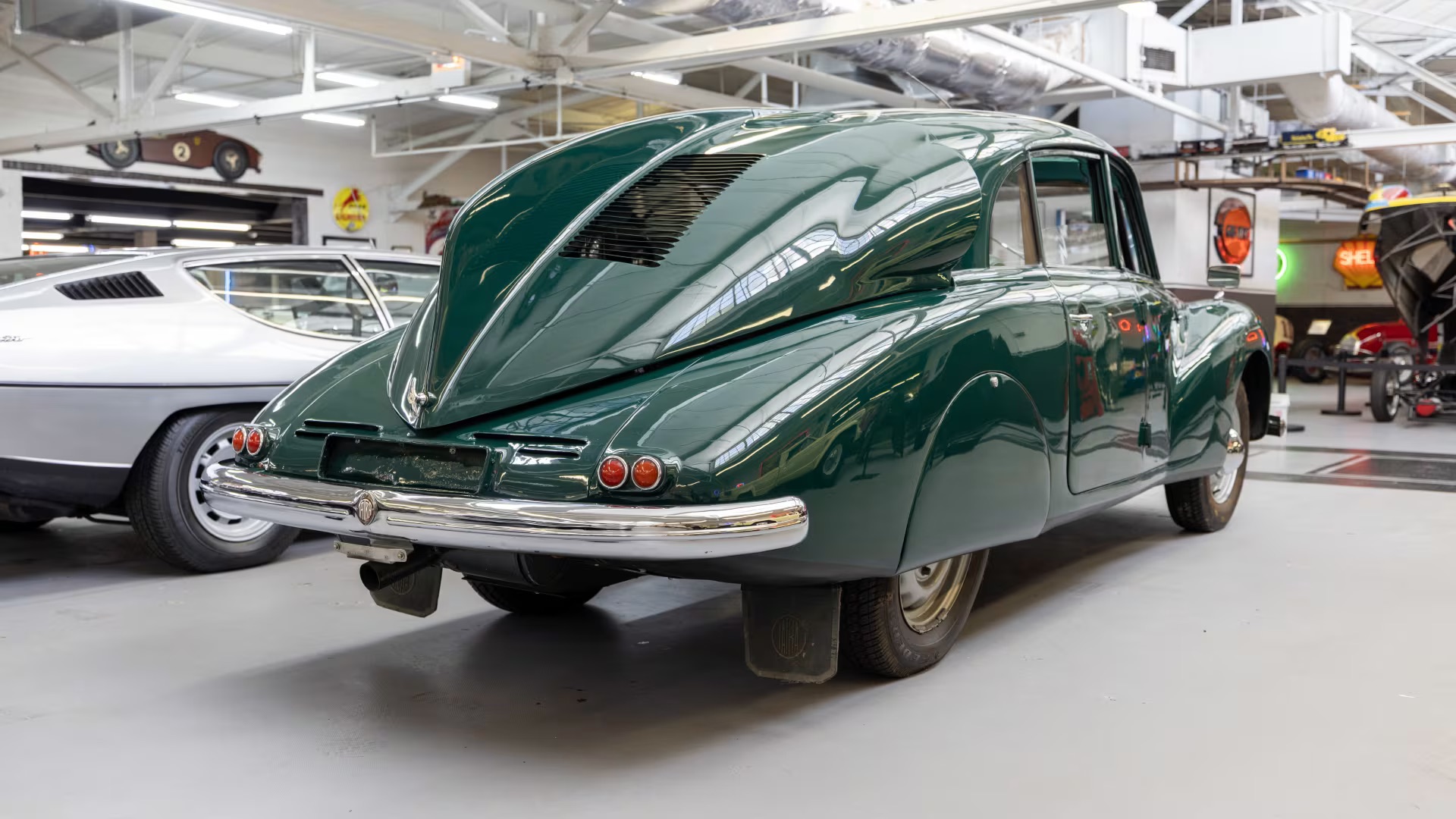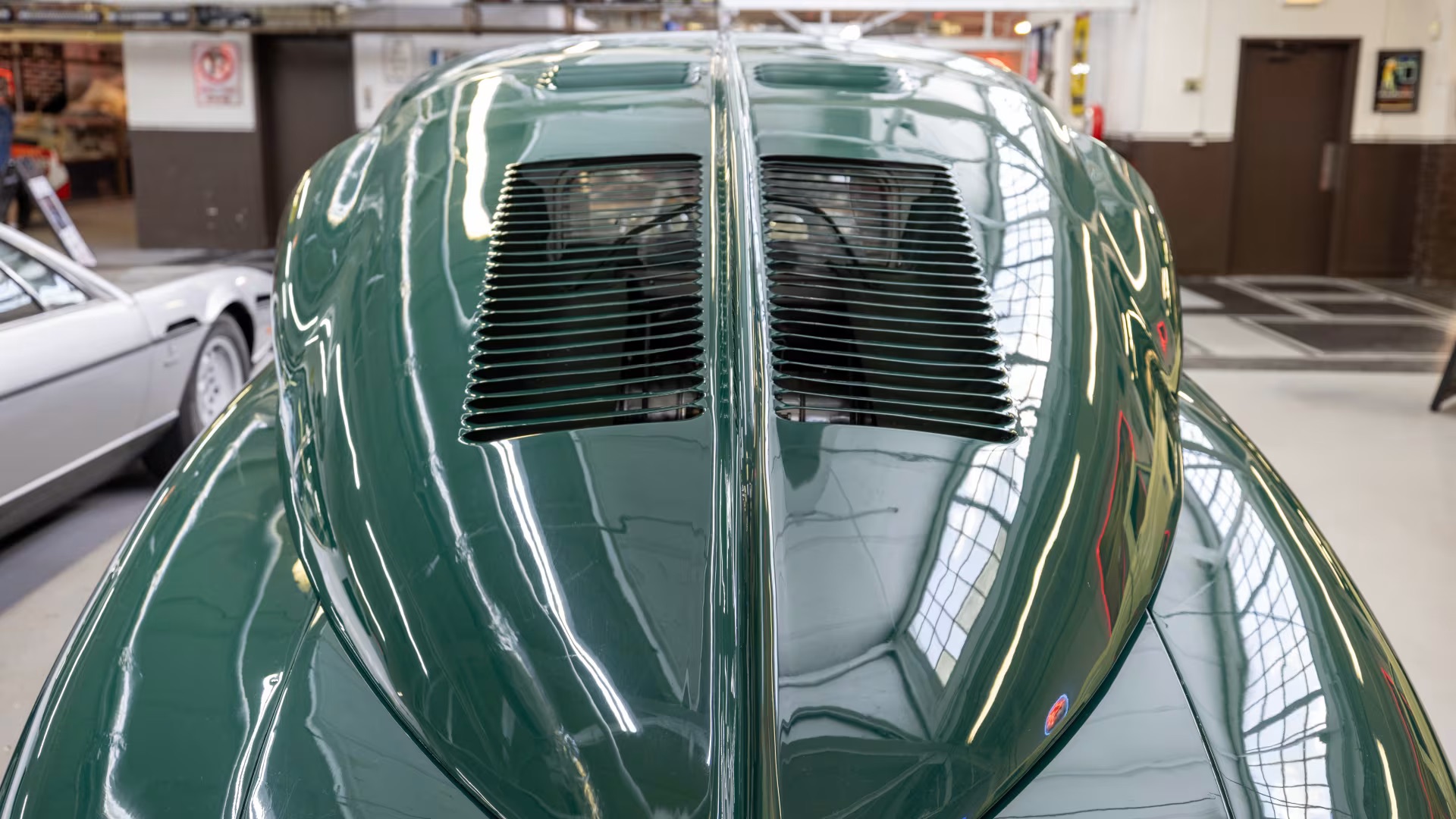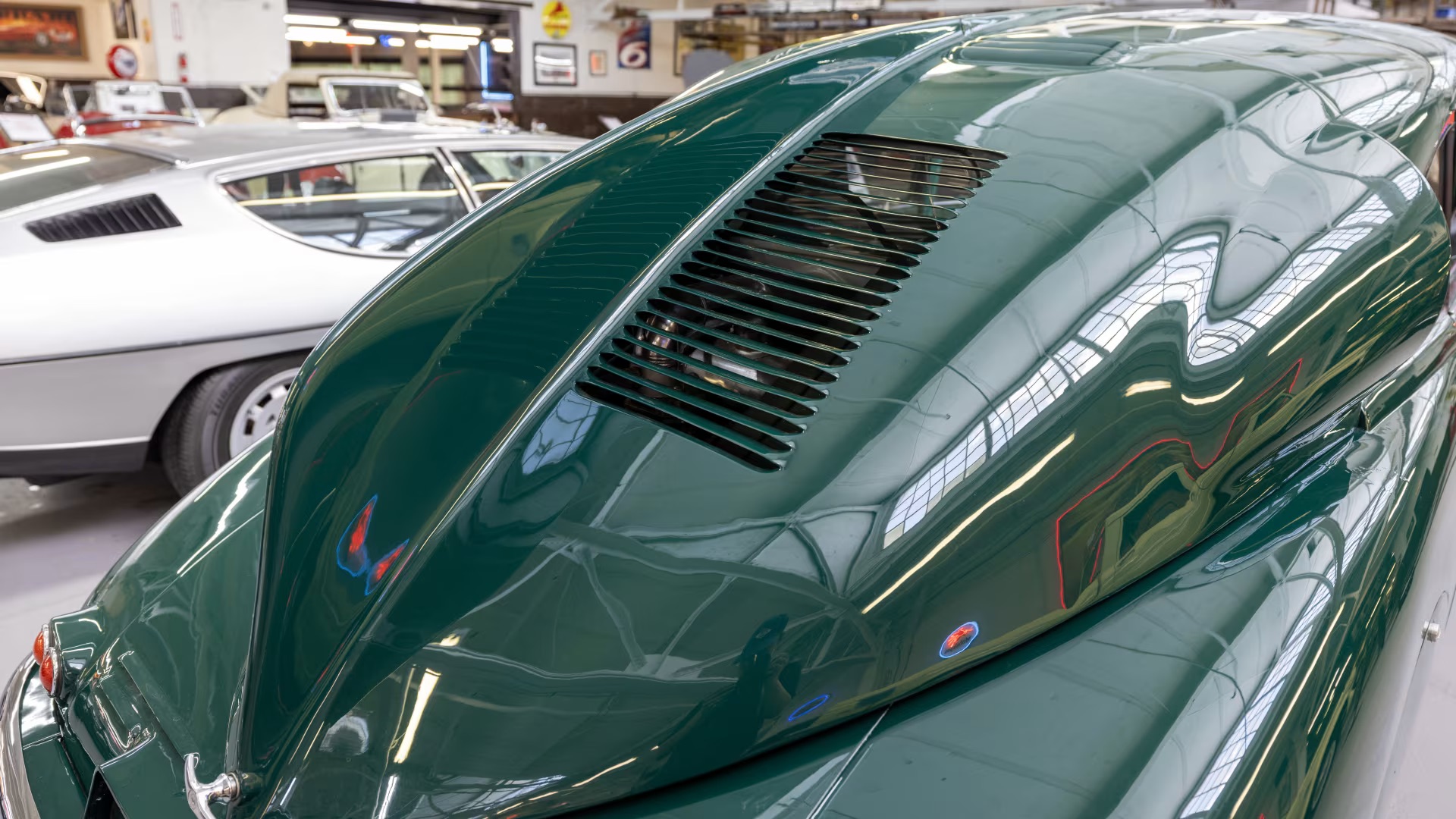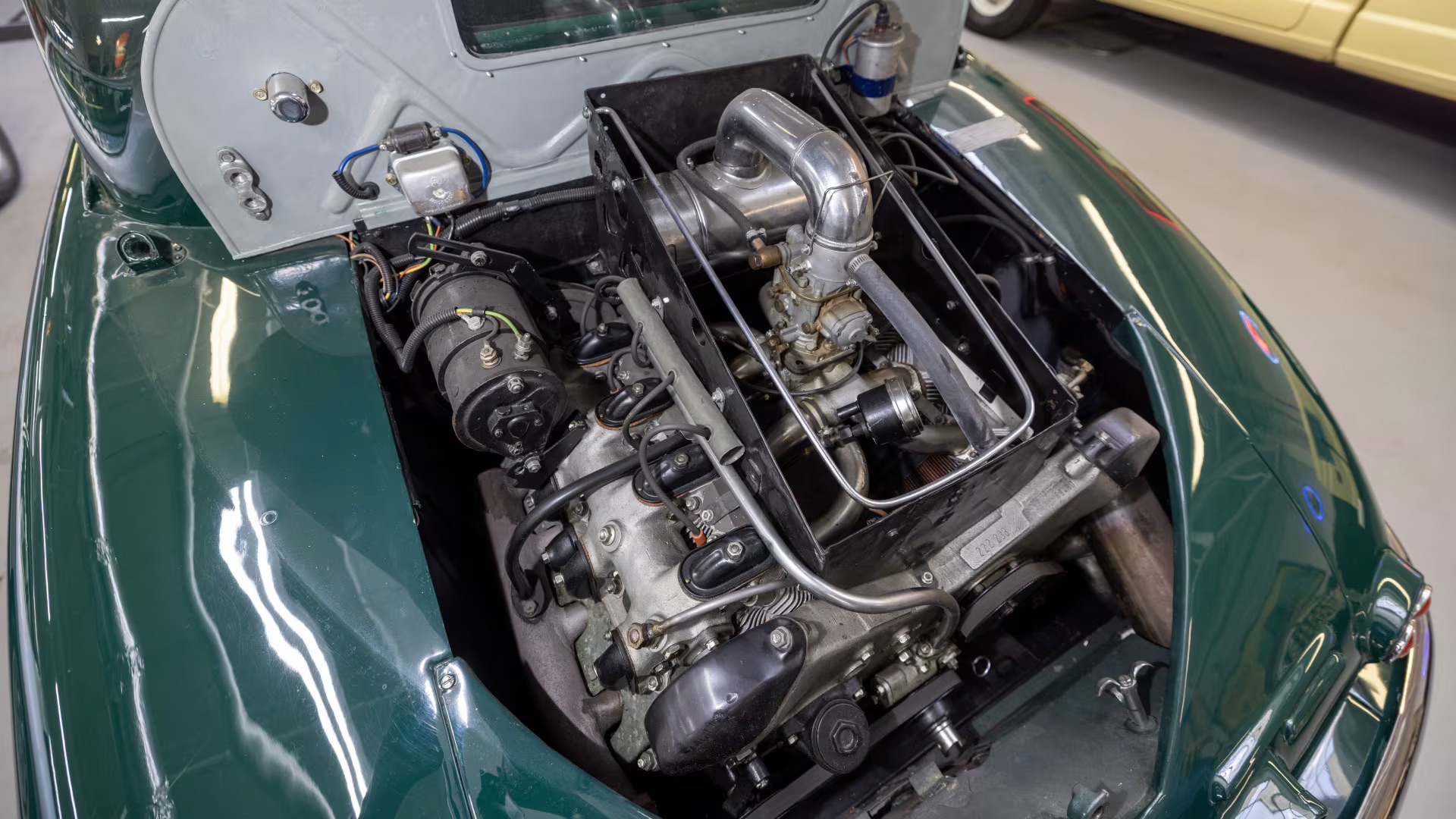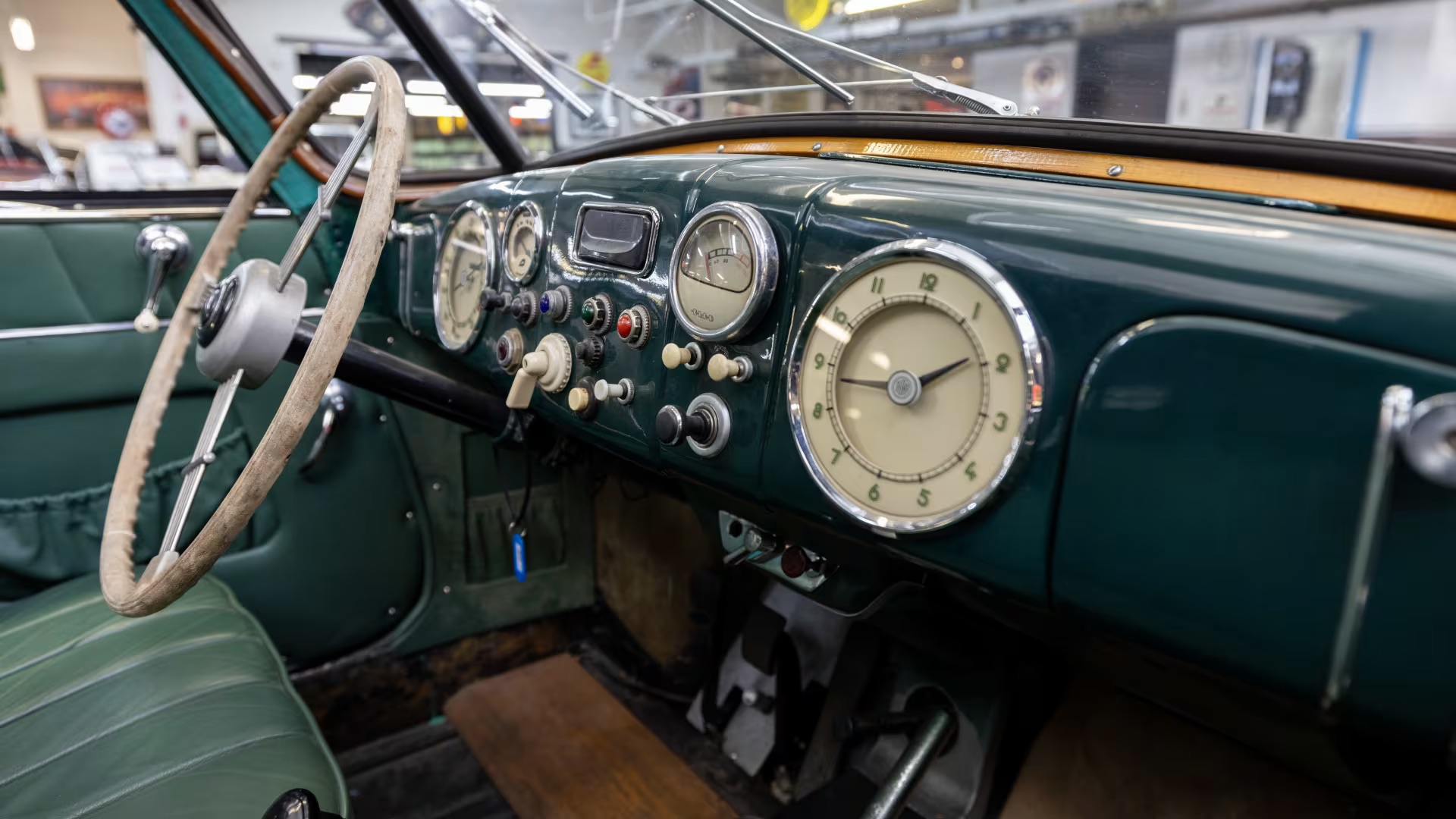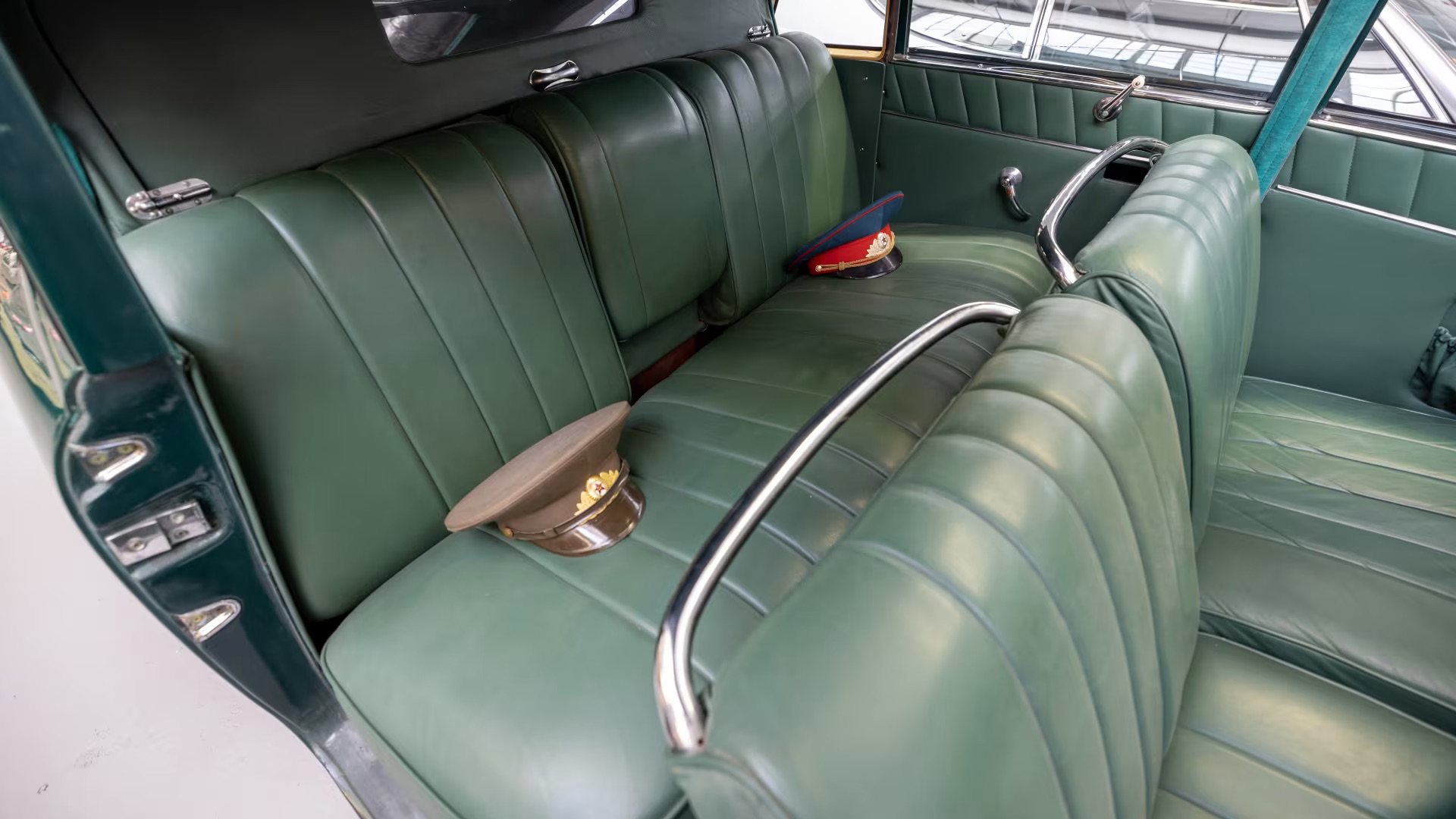We tend to think of high-end vehicles or super-rare cars when it comes to making an impact at car shows. But small cars, particularly those from the 1950s and 1960s, tend to do the job just fine.
Want to make a splash at your next car show, either metaphorically or quite literally? This 1964 Amphicar Model 770 now available on Hemmings Auctions might be just the car you’re looking for. So, while we’re sharing details about the Amphicar, we thought we’d also give you some info on this equally charming 1958 Autobianchi Bianchina Transformabile that’s also ending the same day on Hemmings Auctions.
1964 Amphicar Model 770

The designer of the Amphicar, one of the few amphibious vehicles ever marketed to a non-military market, got his start prior to World War II. Hanns Trippel created the Trippel SG6 Schwimmwagen. Ironically enough, it was created for civilian use, but several variants were created for the Nazi war machine. Trippel actually manufactured the Schwimmwagen at Bugatti’s Molsheim, France factory, which had been seized under German orders.
Following the war, Trippel spent a few years in prison in France as a war profiteer. He later attempted to build a sports car with various partners throughout Europe. That project never panned out. He did inadvertently invent—and later patent—gullwing doors, which Mercedes-Benz famously used in the 300SL coupes of the 1950s.
Amphicar Built in Partnership with IKW

With the failure of the sports car, Trippel returned to his roots and designed another amphibious car. This time, he found success with the Amphicar. Built in West Germany by IWK with the backing of the government there, Amphicar production began in 1961.
Amphicar Powered by a Triumph Engine
Powered by a 1.1-liter OHV Triumph Herald engine, which was good for all of 43 horsepower, the Amphicar could had a top speed on land of 70 mph. In the water, the Amphicar boasted of a 7 knot maximum velocity. Acceleration was not its strong suit. It took an estimated 40 seconds to reach 60 mph from a dead stop on the road.
The Amphicar Could Navigates Roads and Waterways
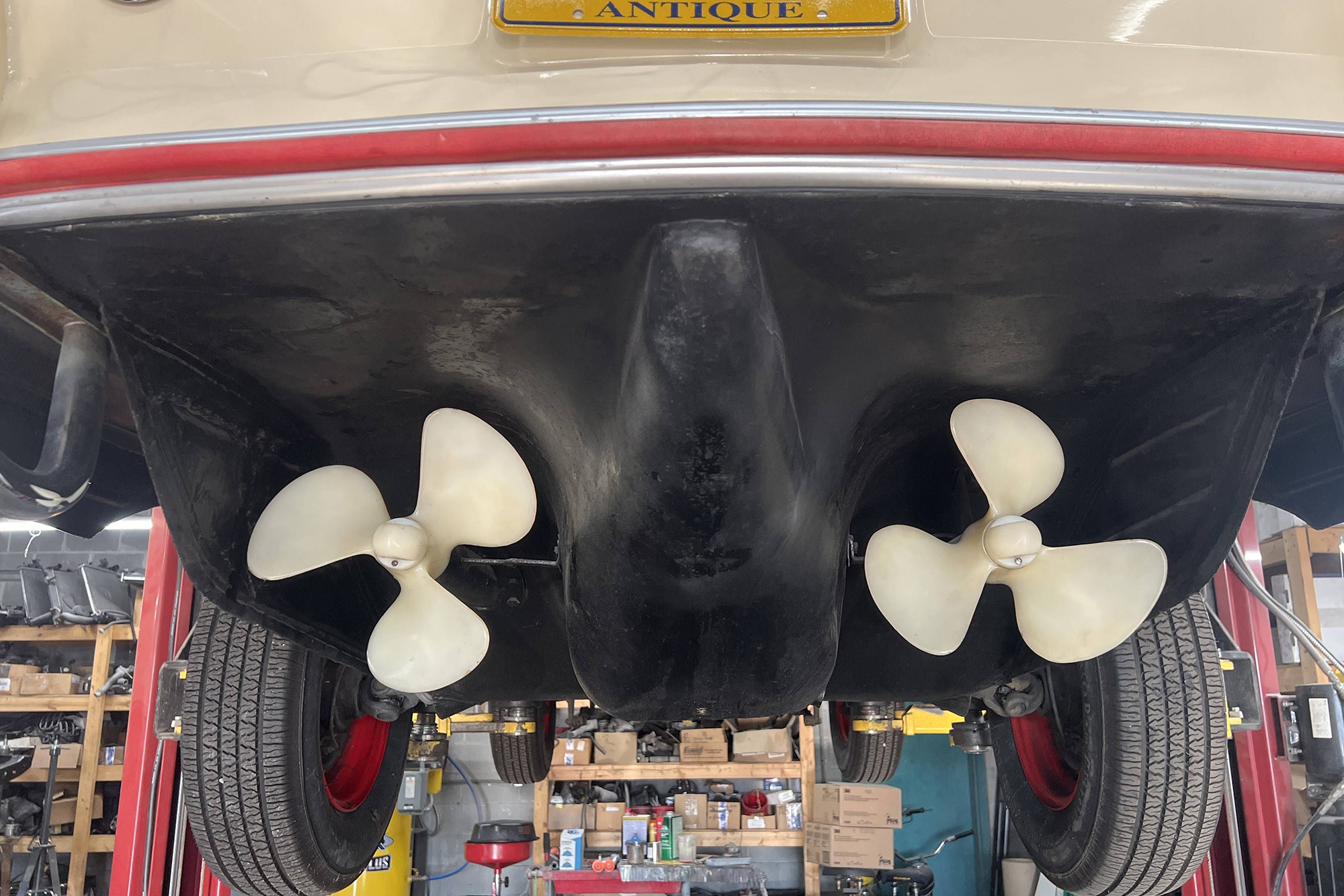
On the water, the driver disengaged wheel drive and engaged the twin-prop water drive via a lever. The double-sealed doors had a locking mechanism. The Amphicar included an on-board bilge pump should water enter the passenger cabin. With no rudder, steering on the water was via the front wheels, which was probably not ideal. But with its limited speed, it sufficed.
Production continued from 1961 through the mid-1960s, though sales continued nearly through the end of the decade. Today, Amphicars will almost always draw attention at car shows and if spotted on the road. Walt Disney World in Florida maintains a fleet for tours on its Lake Buena Vista to this day.
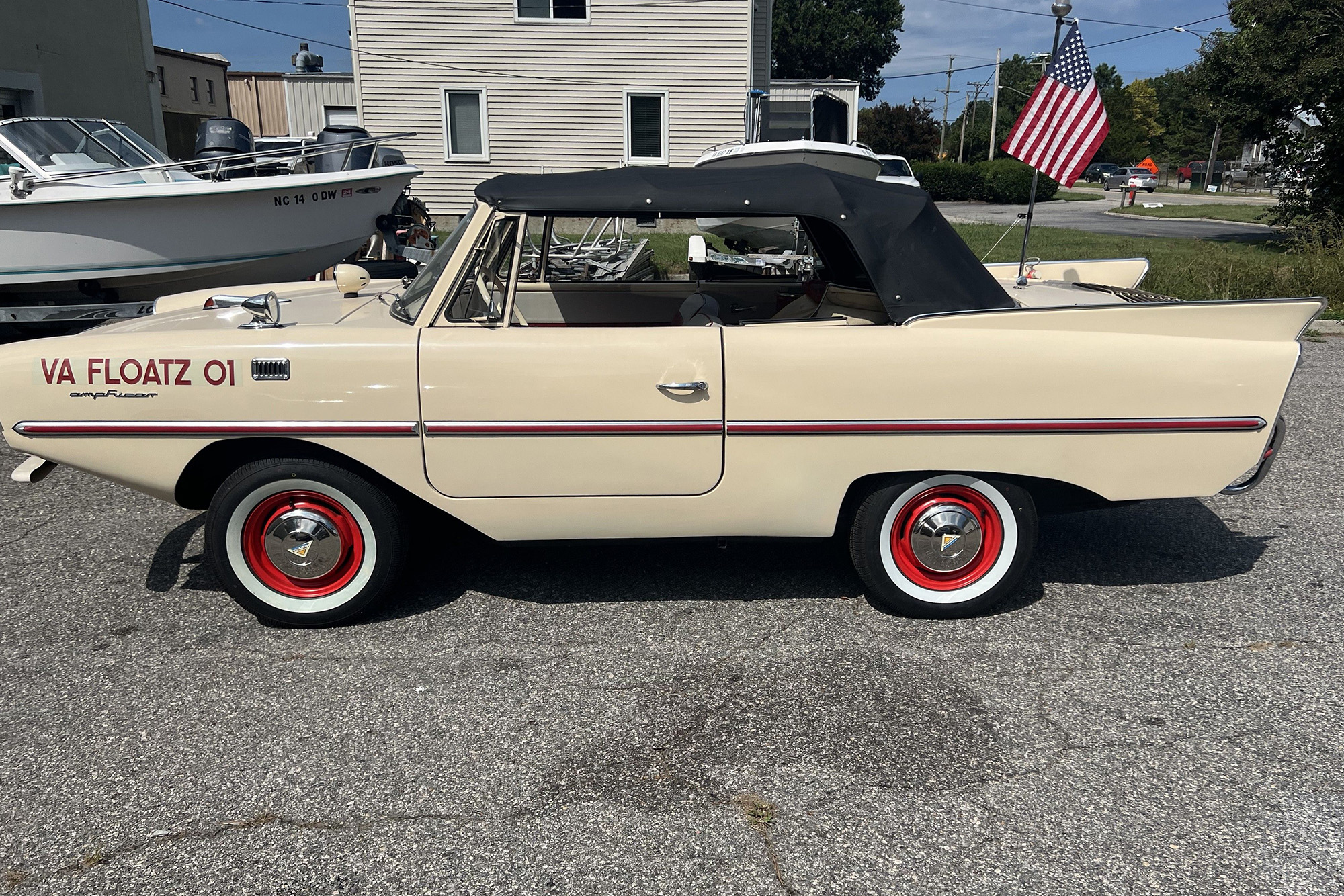
The 1964 Amphicar 770 Now on Hemmings Auctions
This 1964 Amphicar Model 770 convertible presently listed on Hemmings Auctions was repainted 25 years ago, according to the seller. He notes in the listing that “the hull is solid, with no rust or leaks.” He does indicate that the canvas top is in “good condition,” while acknowledging two small patches to keep it leak-free.
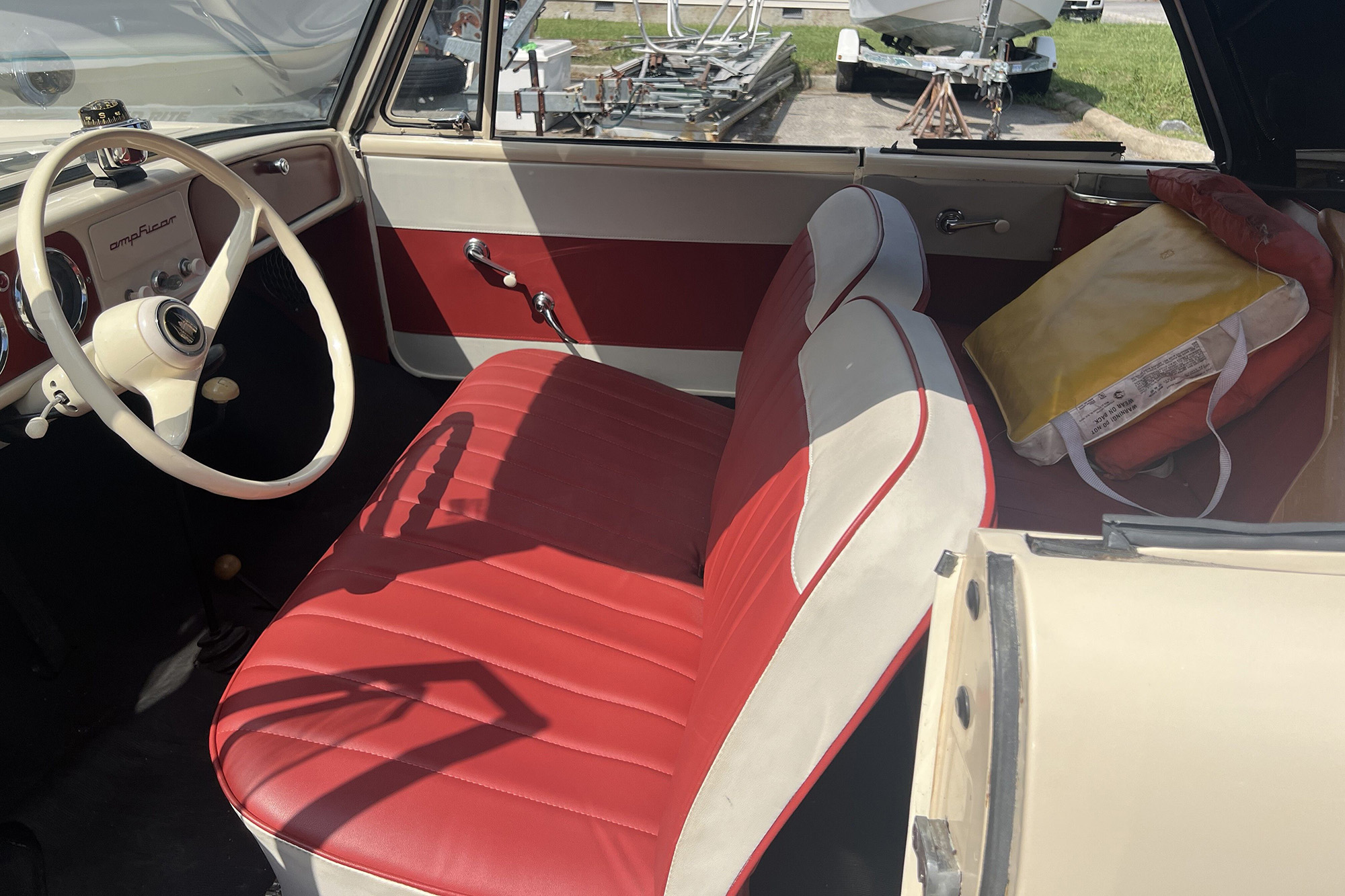
The car is said to run well. The seller included a video showing the car running and him engaging the props and then reversing them. The listing notes recent rebuilds for the starter, generator and carburetor. The dash was rewired and “soldered properly,” per the seller. He adds that the brakes have been rebuilt with new shoes.
Find more details about this Amphicar on Hemmings Auctions.
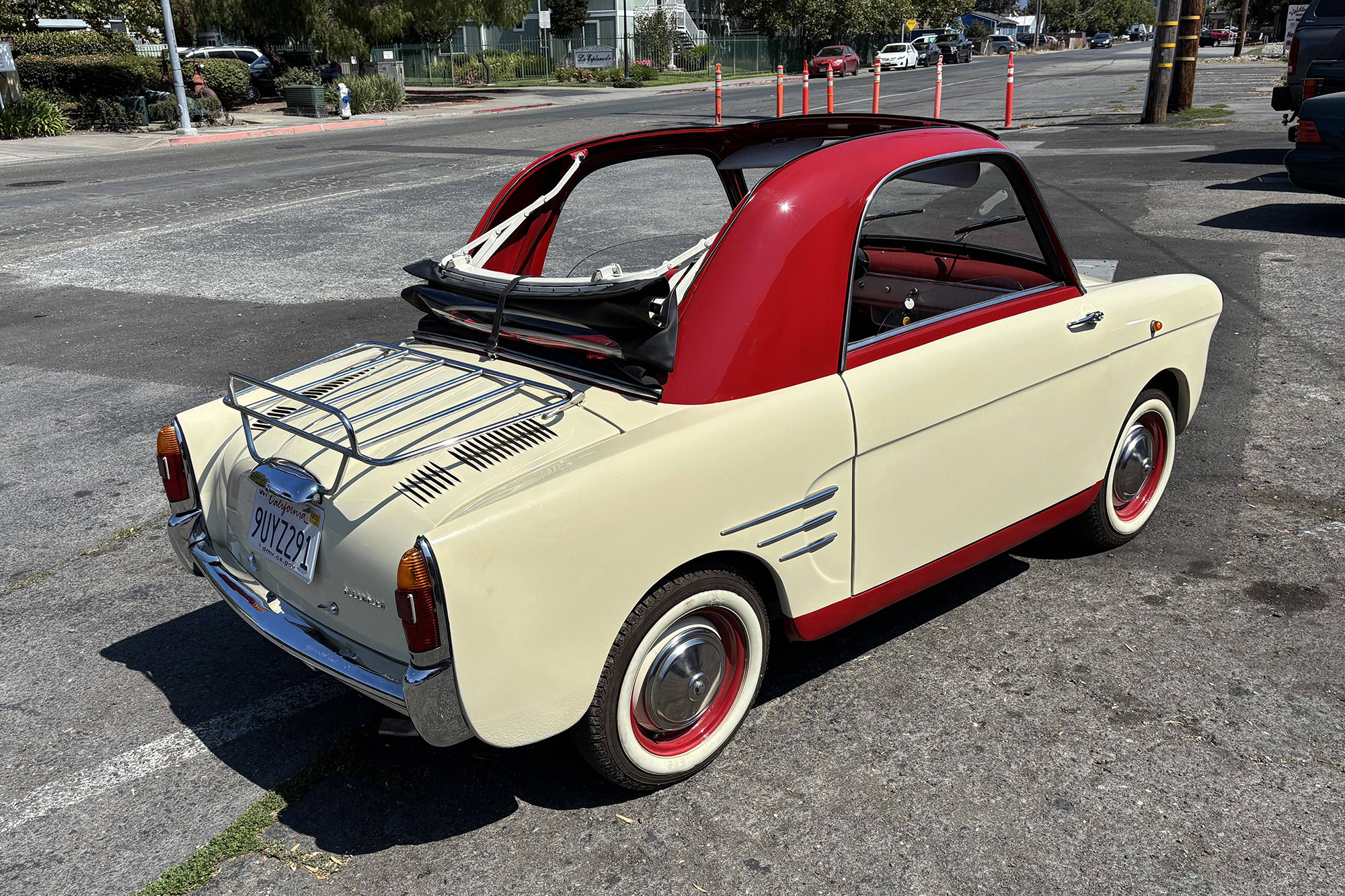
1958 Autobianchi Bianchina Transformabile
Fiat’s postwar savior was the Nuova 500, a car that not only served yeoman’s work in putting the company back on its feet, but also provided a blank slate for a surprisingly large number of variants. Some of these variants were badged Fiats, while others, like this 1958 Autobianchi Bianchina Transformabile, carried their own unique badges.
Joint Venture Formed to Build the Autobianchi Bianchina
One of the more ambitious Fiat 500-based vehicles came from Autobianchi, a venture formed by Fiat, Pirelli, and Bianchi, the latter one of Italy’s most famous bicycle manufacturers. Autobianchi started production of the Bianchina just two months after the car it was based on. An estimated 35,500 examples of this charming little convertible were produced between 1957 and 1962 at Bianchi’s Desio, Italy factory.
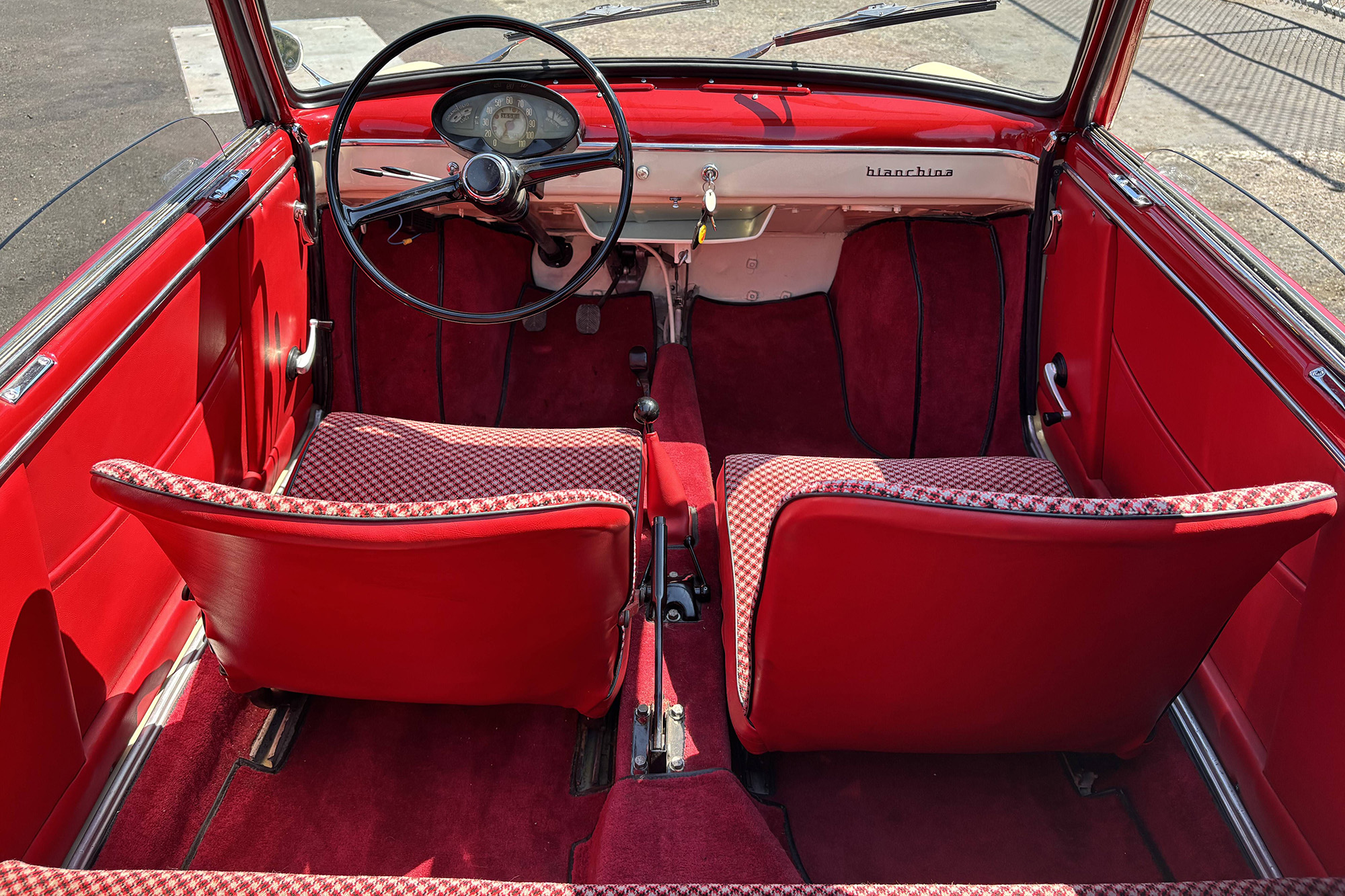
Rather than a simple enclosed car designed for efficient transportation, the Bianchina was a somewhat luxurious and fun take on the concept using unique bodywork. Passenger and cargo space was rather limited as the rear-engined Transformabile had only a rear seat suitable for small children and just enough space in the frunk for a spare tire and fuel tank.
In terms of looks, there is an undeniable cuteness to the otherwise conventional three-box design as it was built on a 72-inch wheelbase and measured just 117.5 inches long. It was tiny even compared to the Volkswagen Beetle, which was 160 inches from stem to stern.
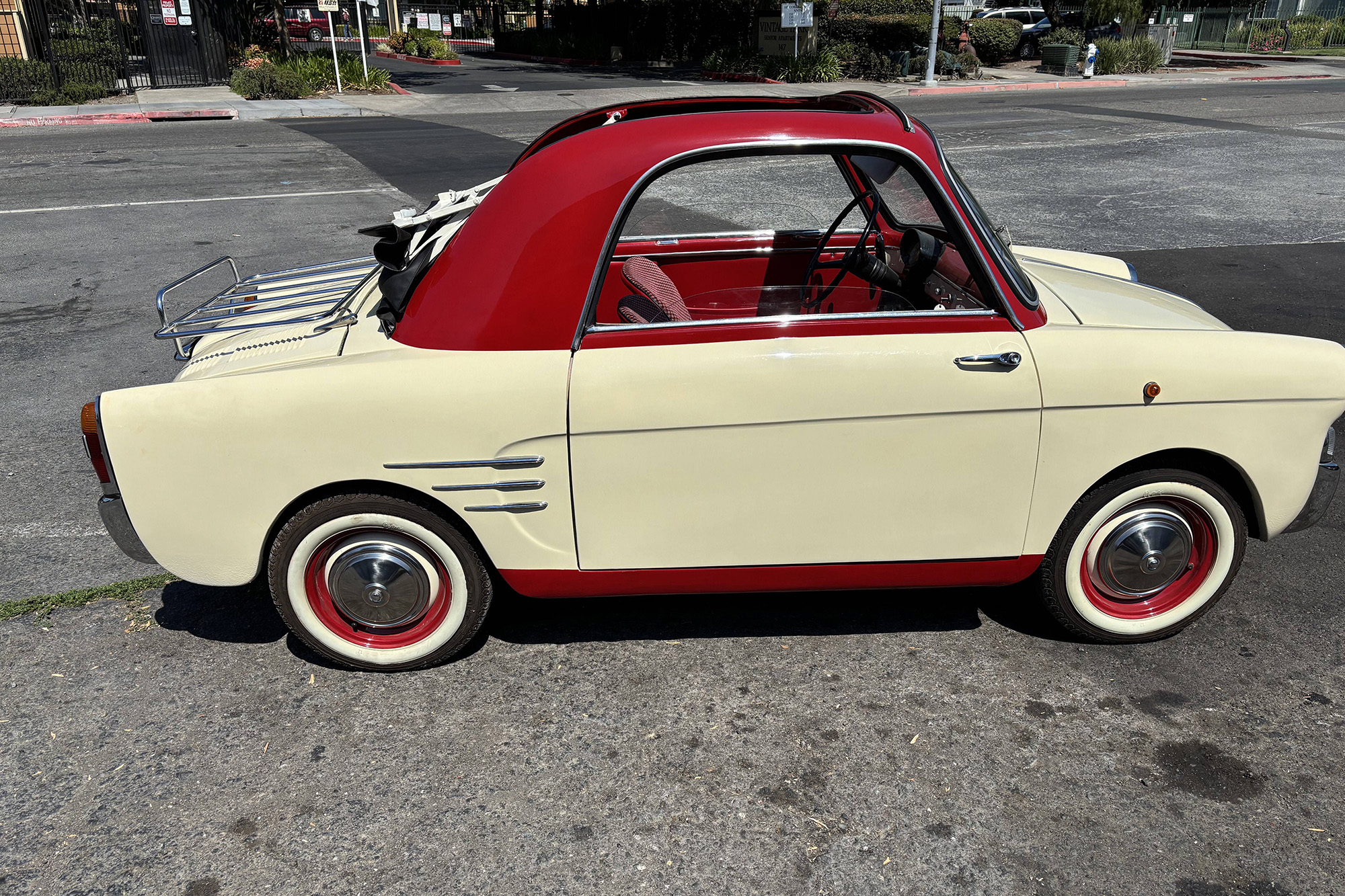
Though it did not have a full convertible top, the center section of the roof, from the top edge of the windshield back, could be rolled down for a nearly fully open-top driving experience.
Fiat Provided the Engines for the Bianchina
Fiat rated the 500’s 479-cc OHV, air-cooled twin-cylinder engine at 13 horsepower and 20 lb-ft of torque. Autobianchi began installing an updated 499.5-cc version of this engine in the cars in 1959. It boosted output to 17.5 horsepower and 26 lb-ft of torque. That half horsepower was likely worth bragging about in the sub-1,200-pound Bianchina. Top speed was somewhere north of 60 mph, though not likely too much beyond that figure. A sportier version of the 499.5-cc engine featured higher compression and a Weber carburetor to produce 21 horsepower.
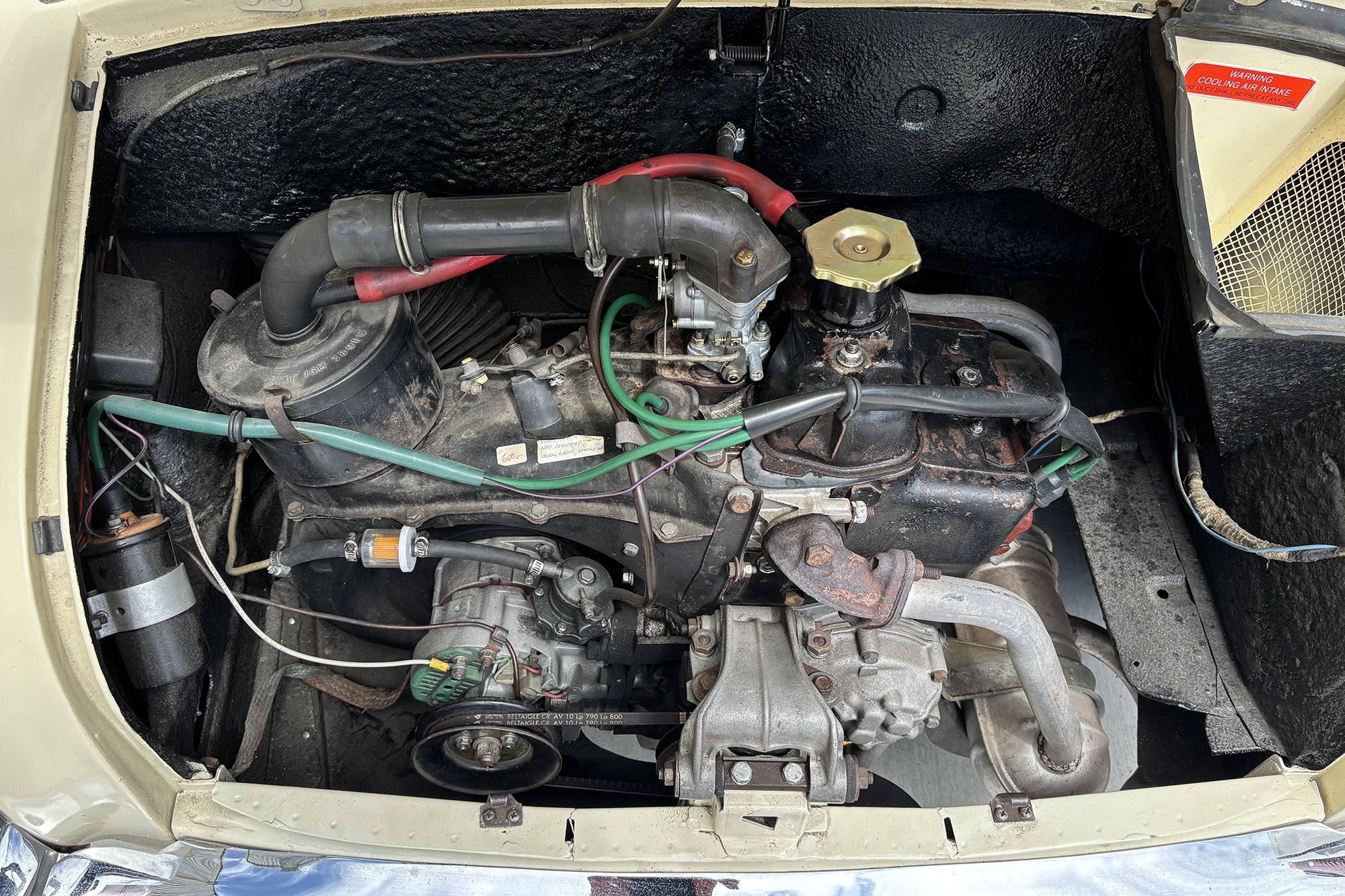
The Bianchina also had a bit of flair with more brightwork inside and out as compared to the 500. That stylish panache was likely expected by customers paying a 20 percent premium over the basic Fiat. Rather than a true top-of-the-market luxury car, it was for the upper middle class family that wanted a second car and could afford something not as practical as a typical family car.
The 1958 Autobianchi Bianchina Transformabile Now on Hemmings Auctions
The seller of this 1958 Autobianchi Bianchina Transformabile now on Hemmings Auctions describes it as “a good, well-running vehicle that’s been restored.” Details of the restoration include replacement of suspension and braking components. He also notes rebuilds of both the engine and transmission. Cosmetically, both the red top and red houndstooth upholstery are indicated as new.
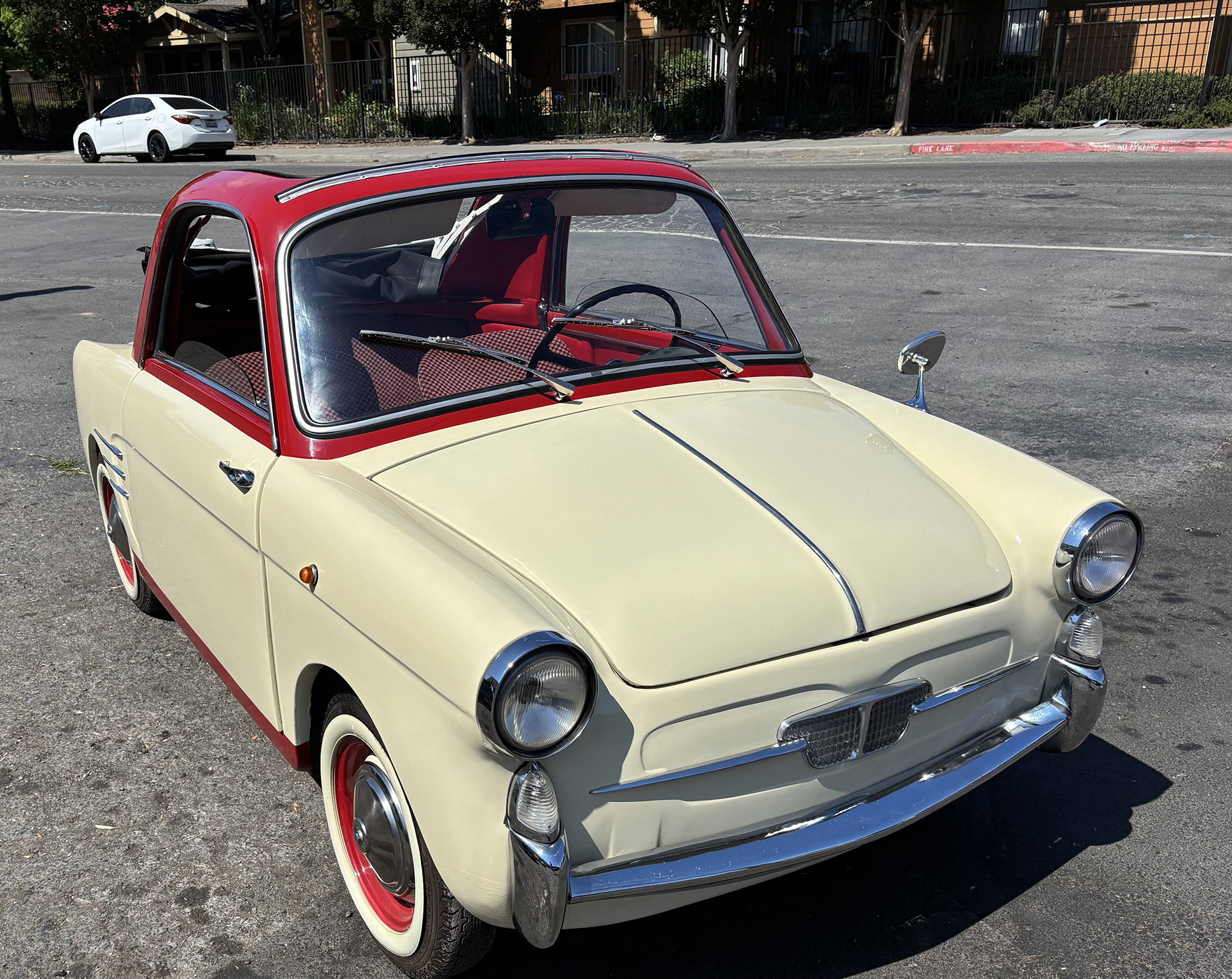
There is truly nothing else on the road quite like a Bianchina. Show up at cars and coffee or even when just going out for a cup of coffee and you had better be ready for a conversation. You will get questions for sure!
Never in danger of breaking any speed records, these two small European cars instead deliver their own unique driving experiences, on land or on water. Head on over to Hemmings Auctions for more details. Just be prepared to be smitten with their charms.
The post Prepared to be Charmed by the Autobianchi and Amphicar Now on Hemmings Auctions appeared first on The Online Automotive Marketplace.
